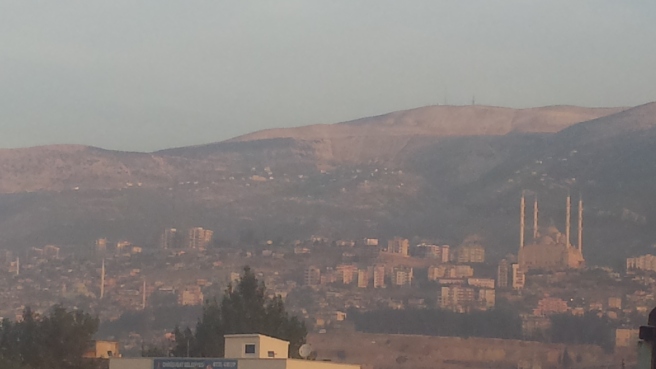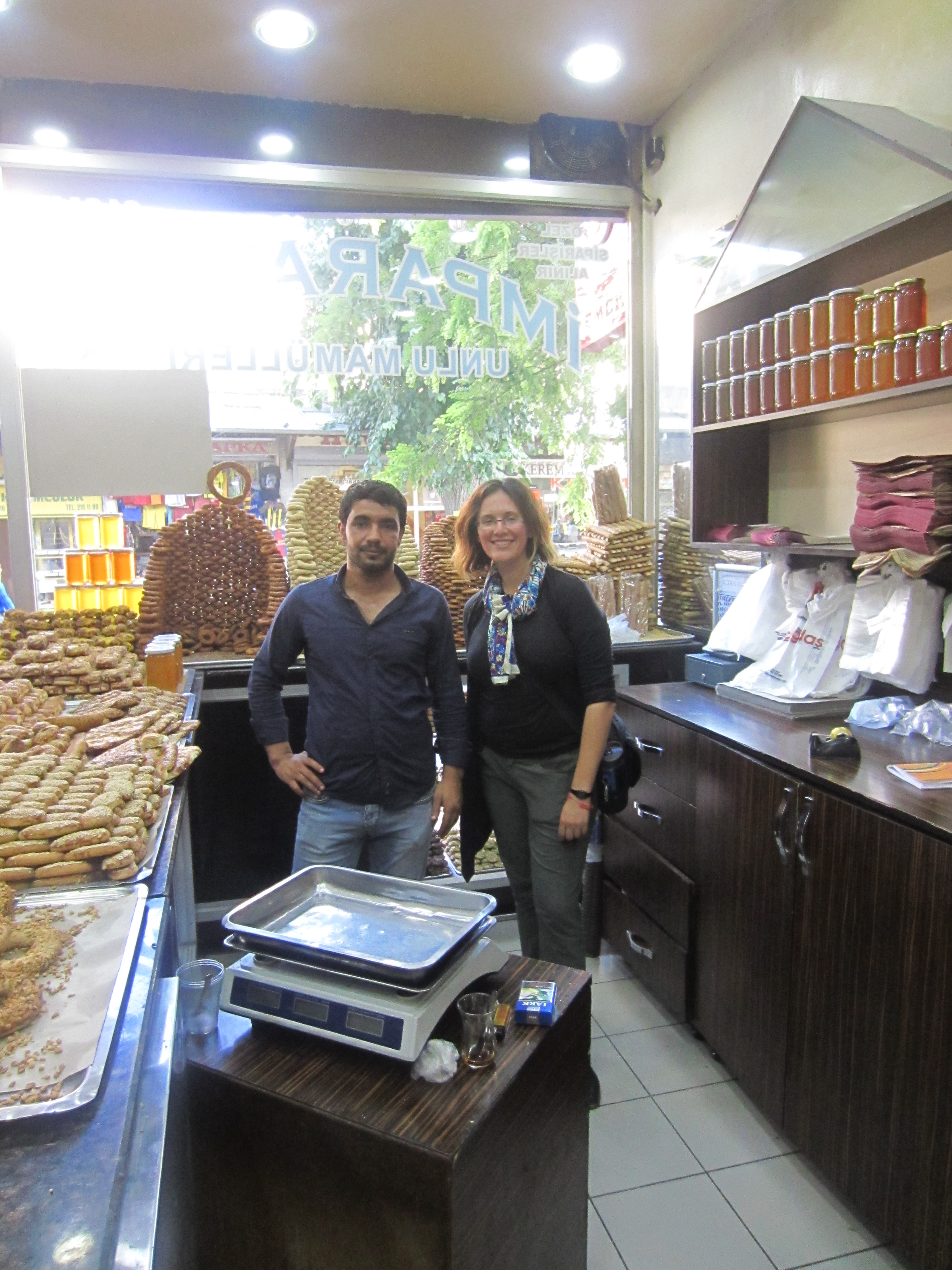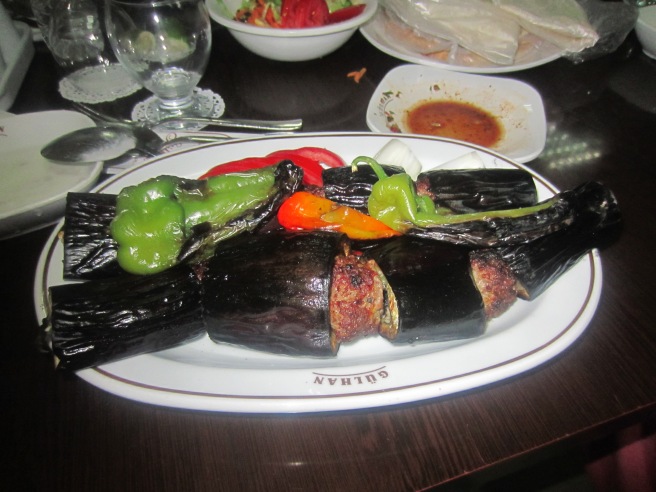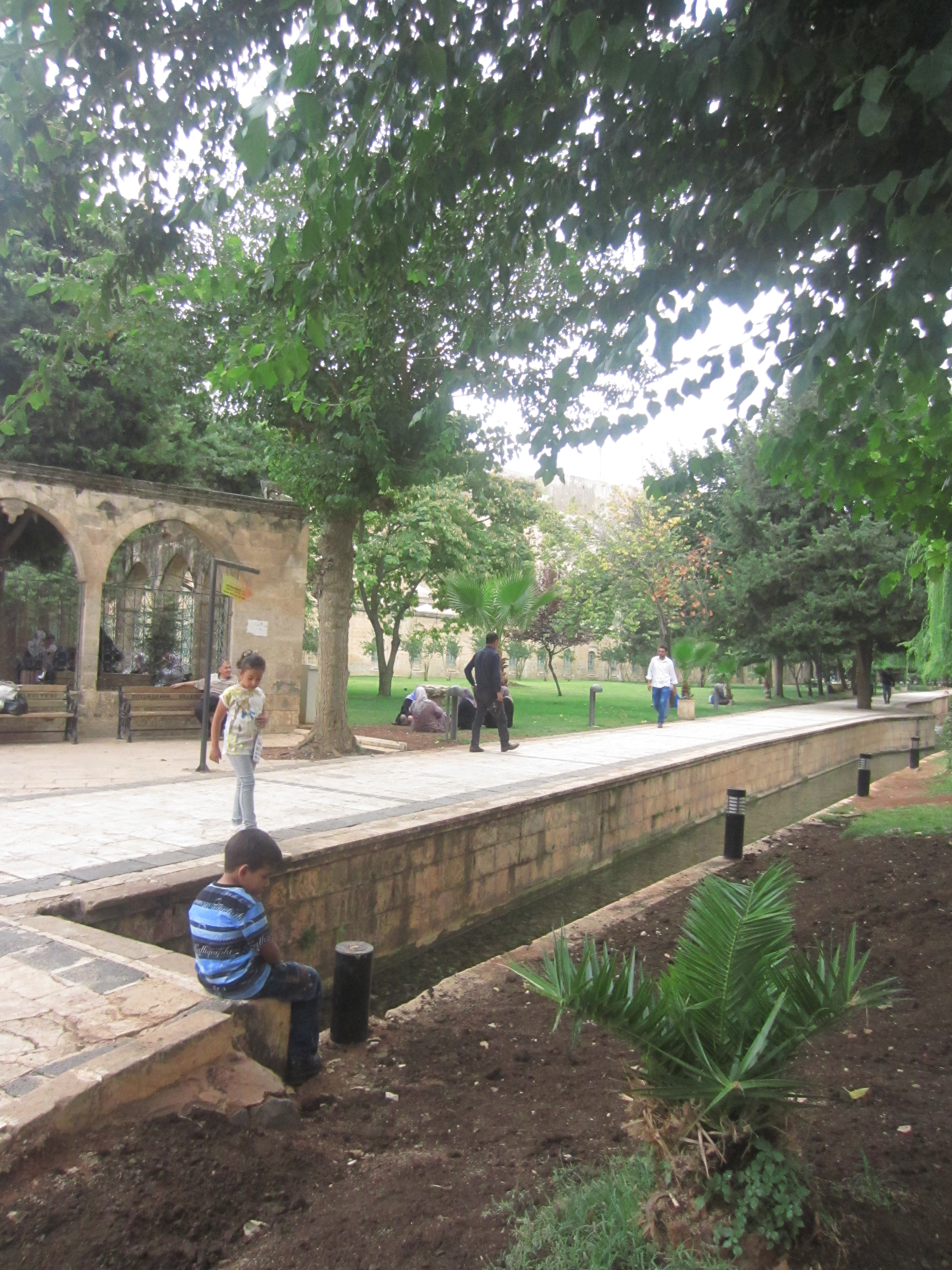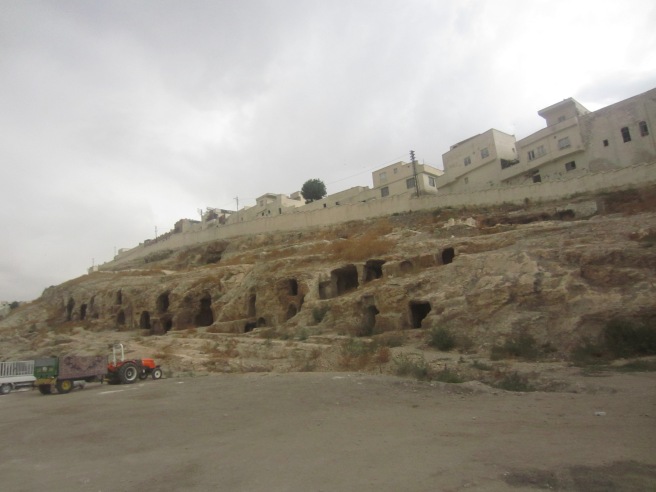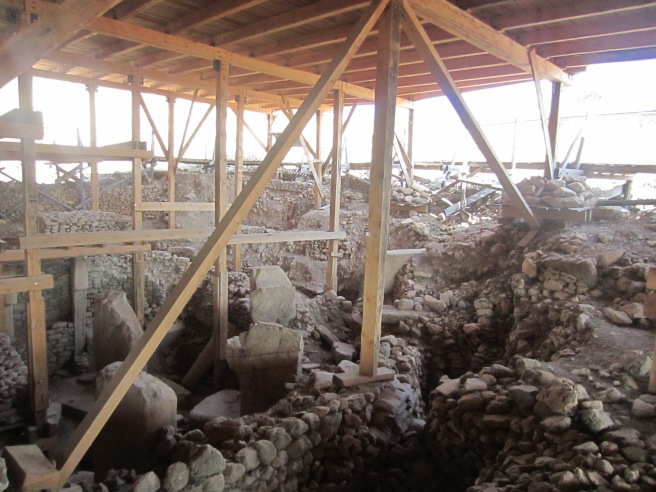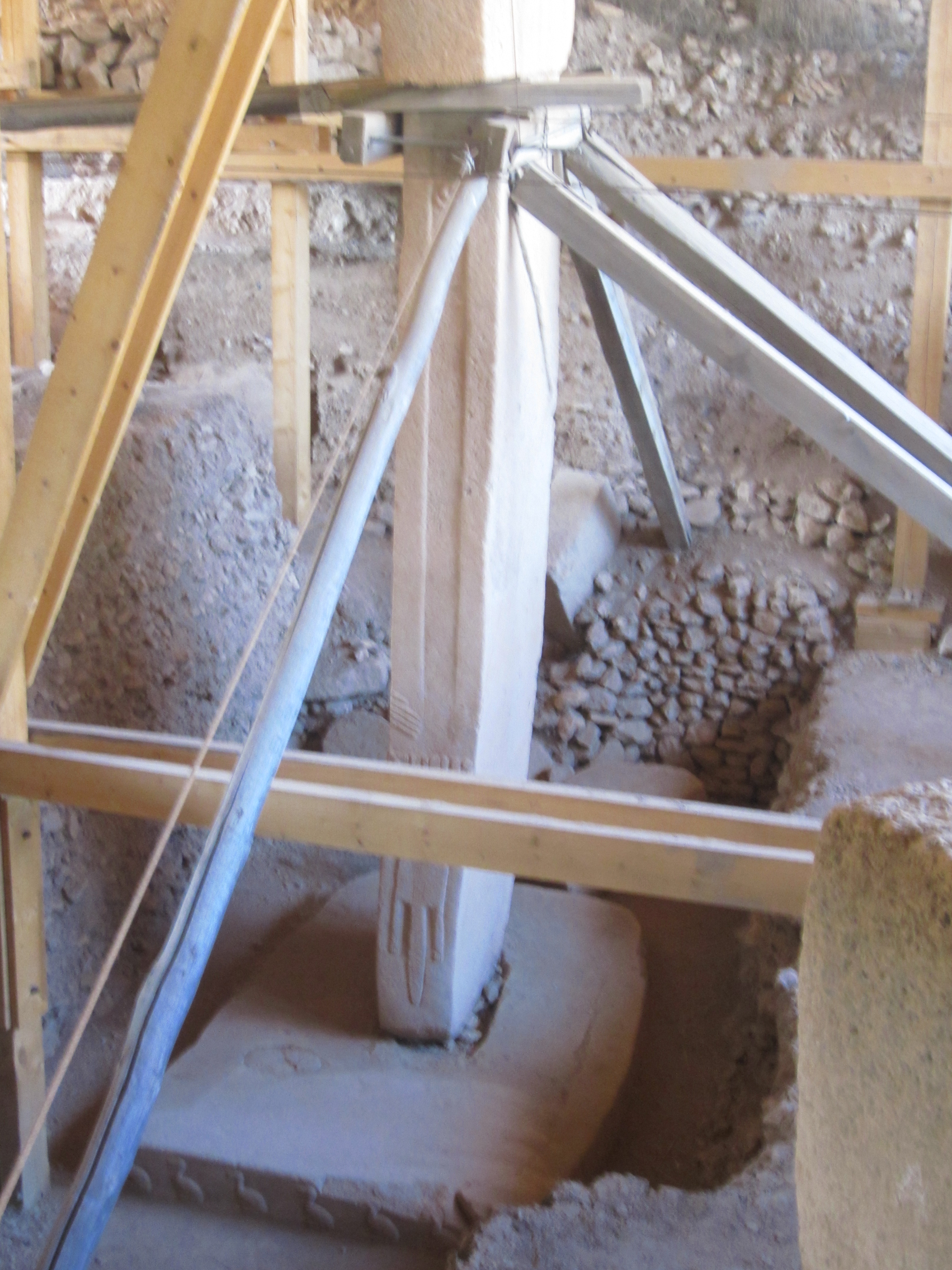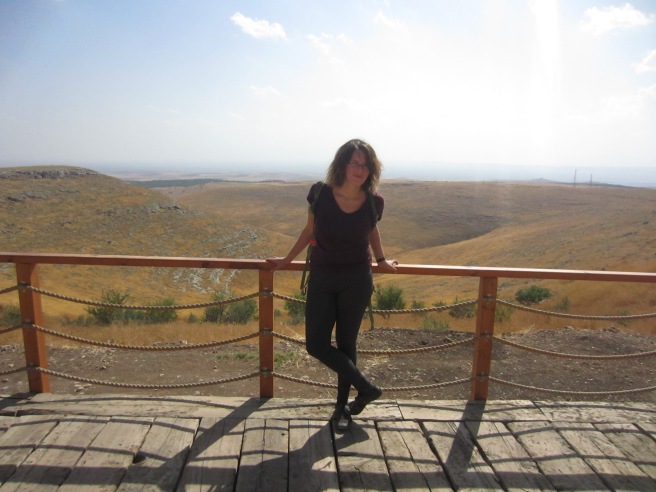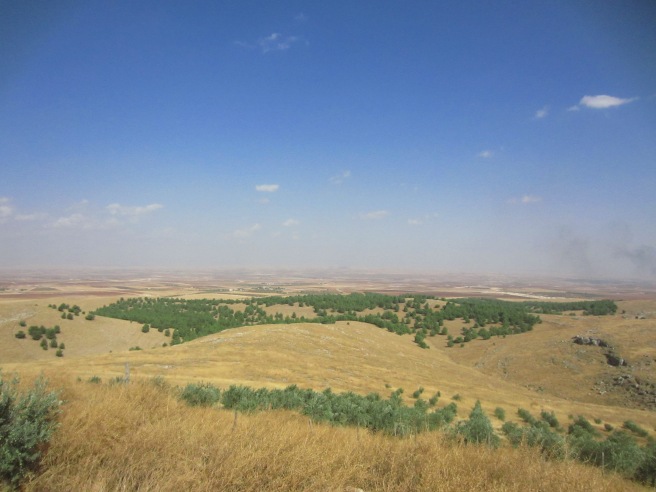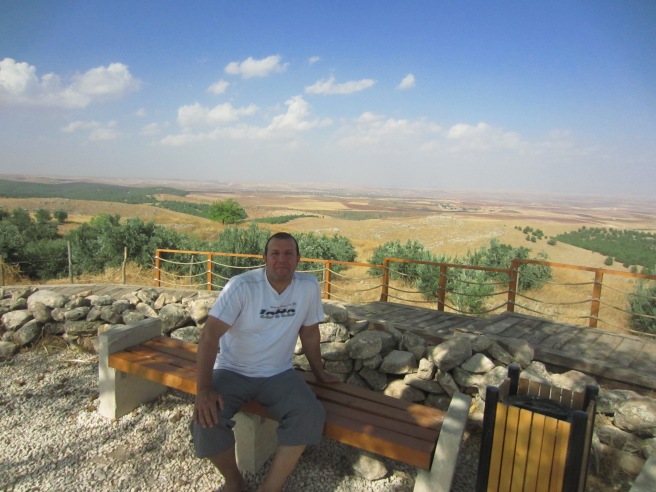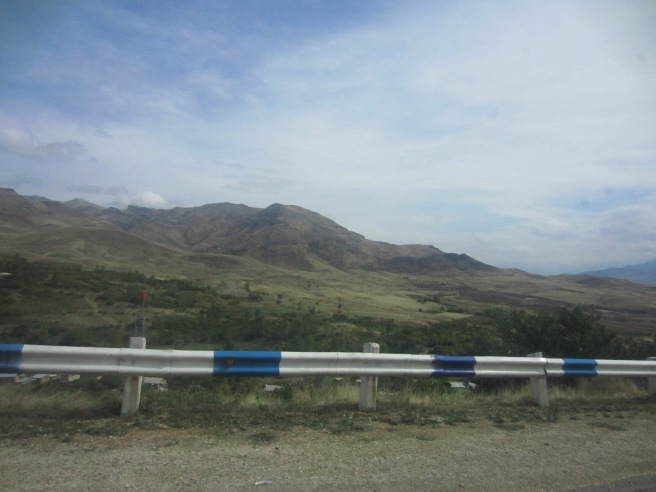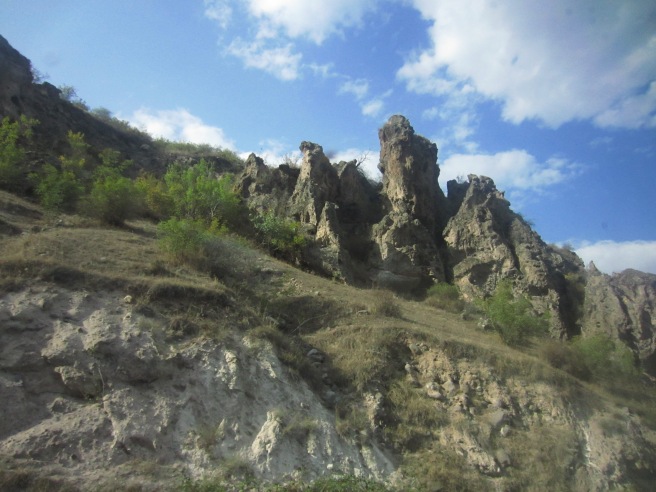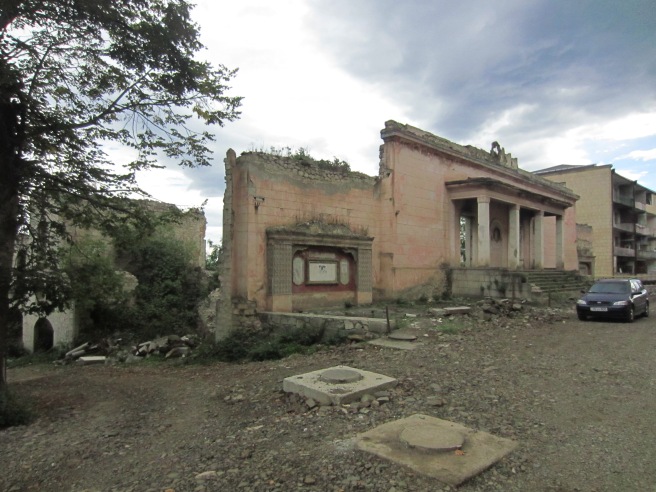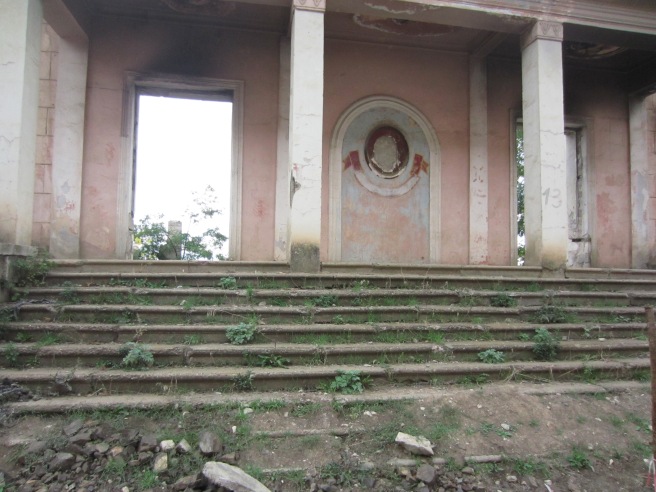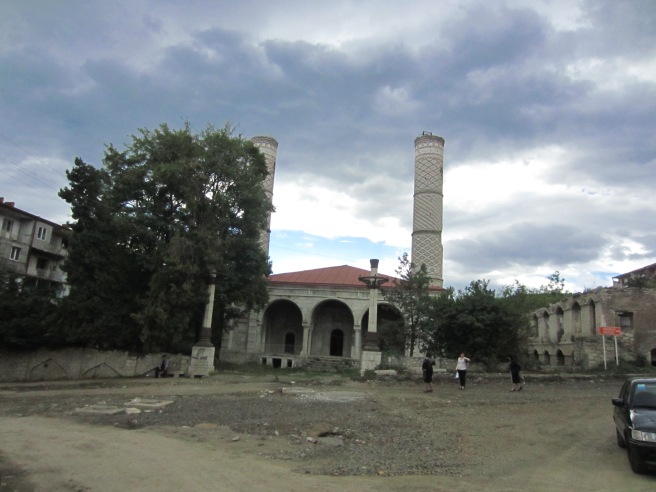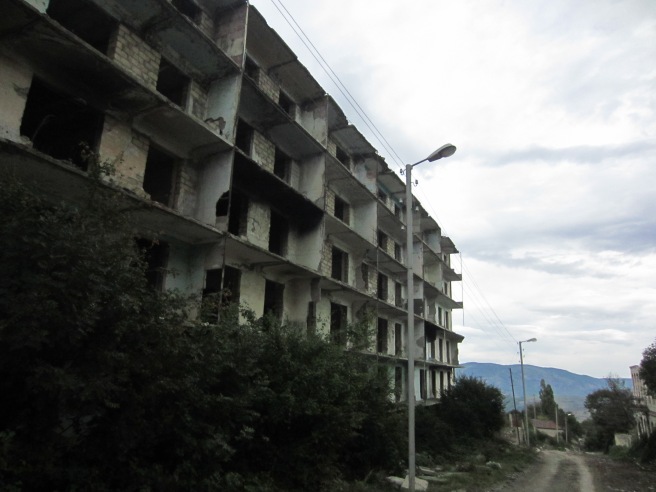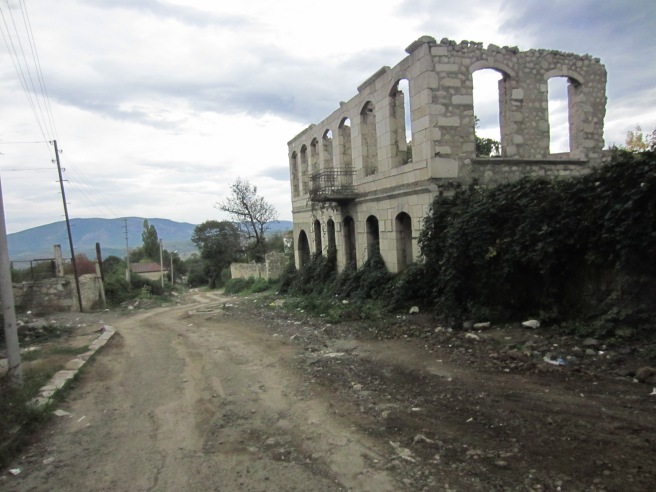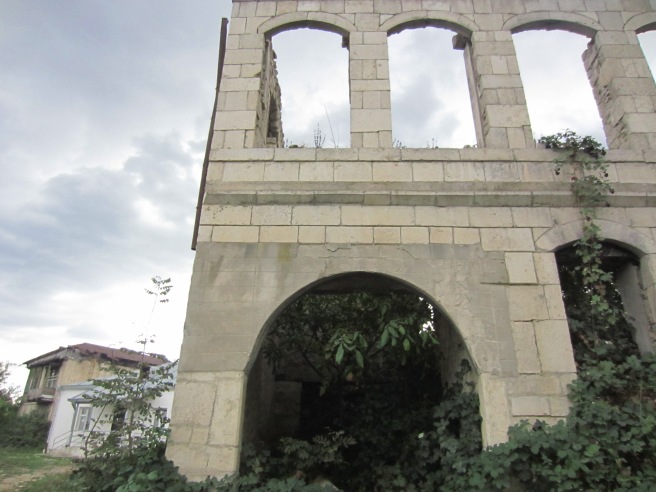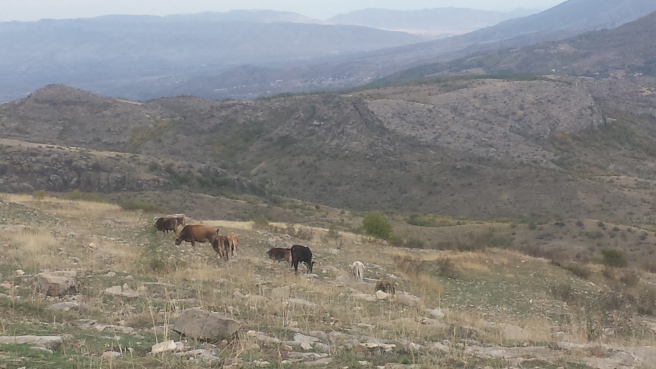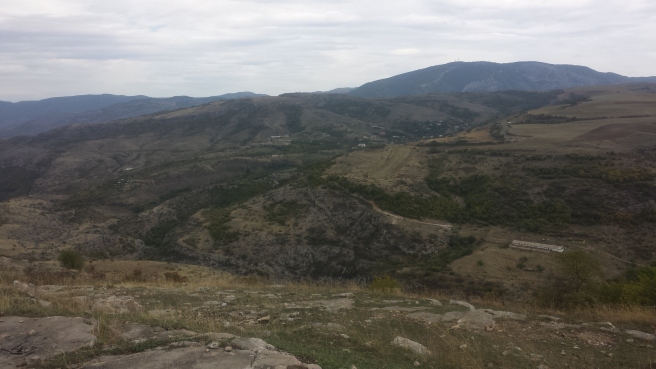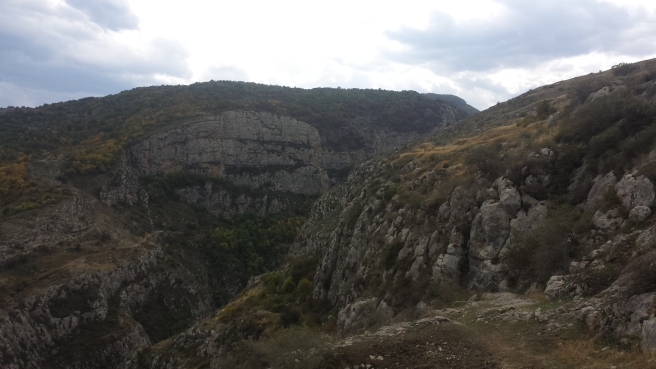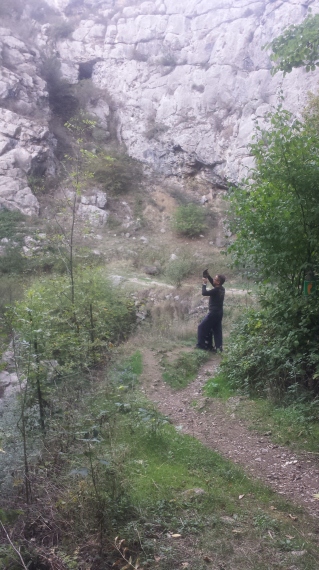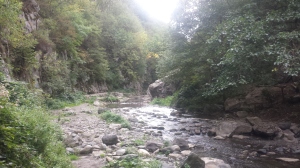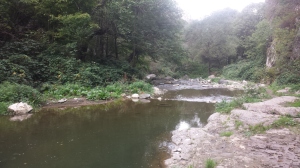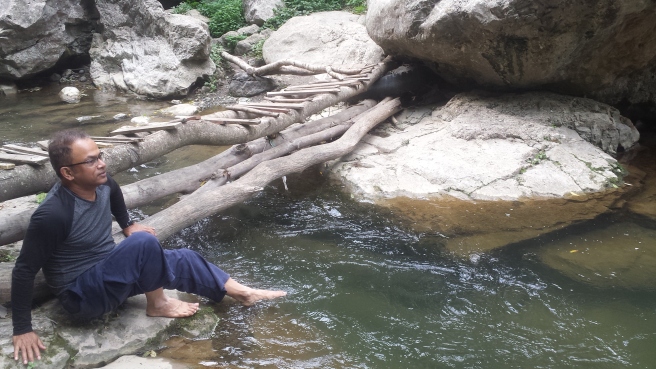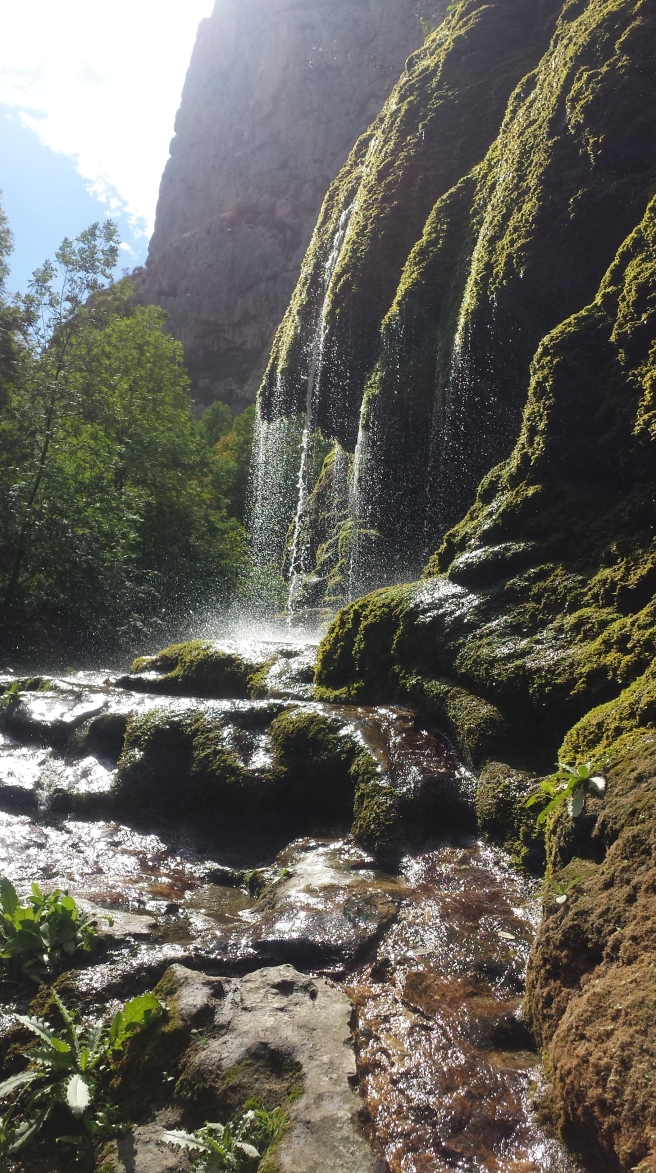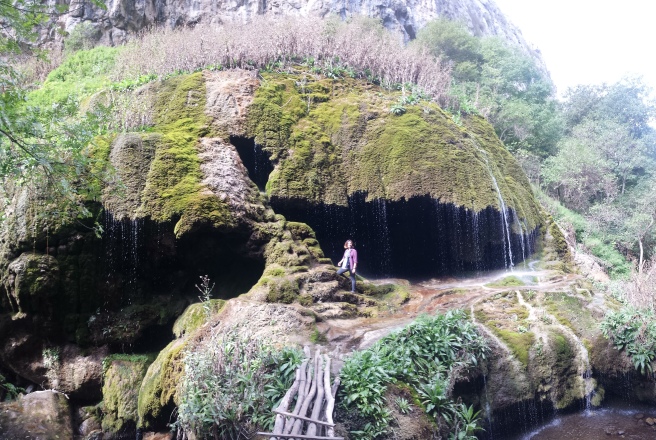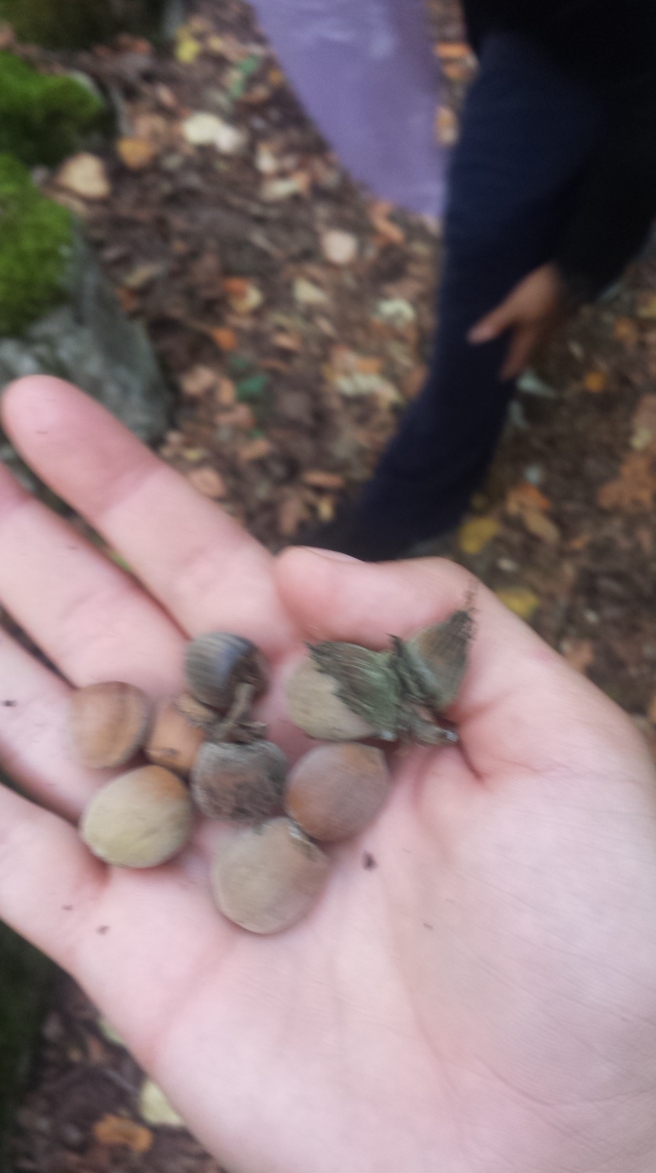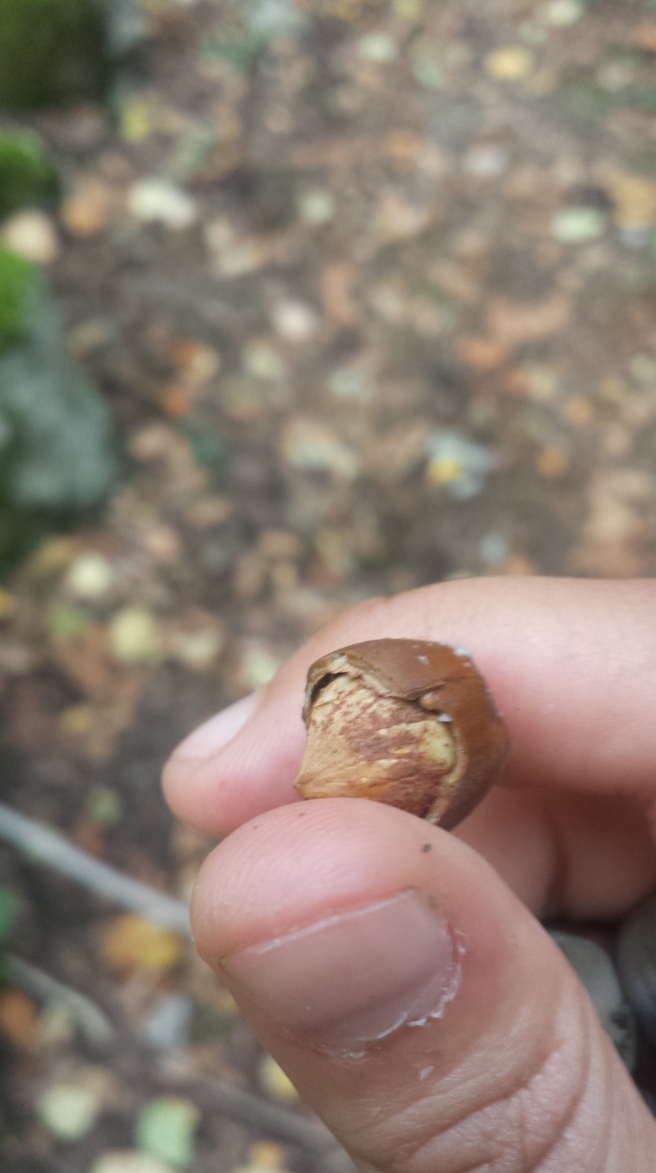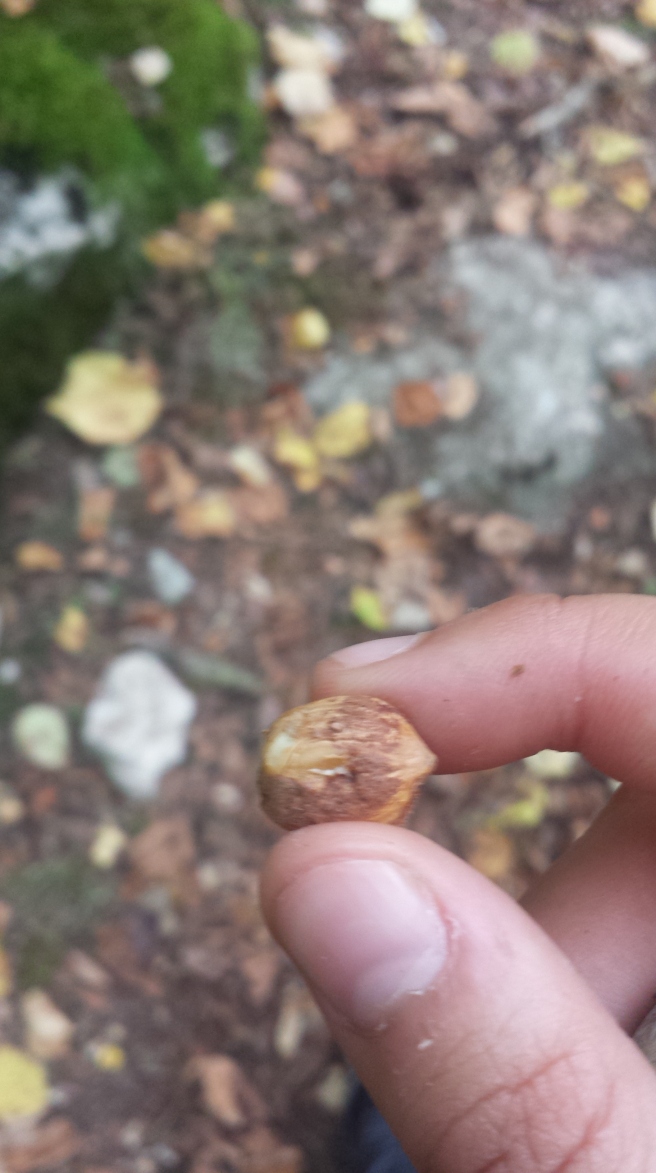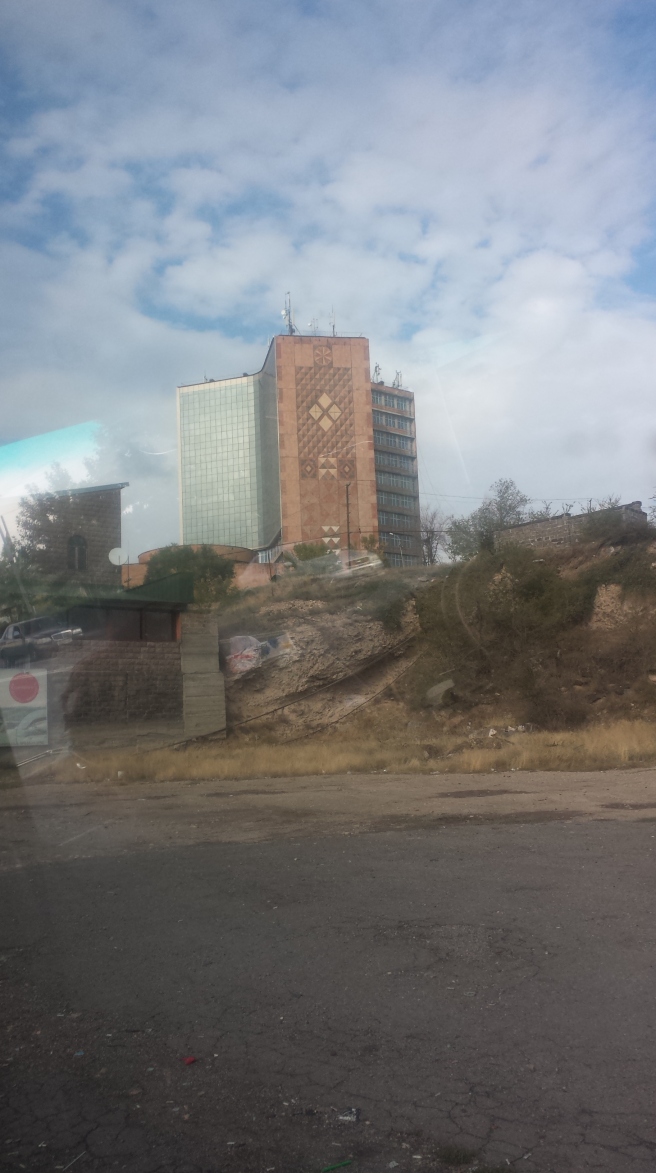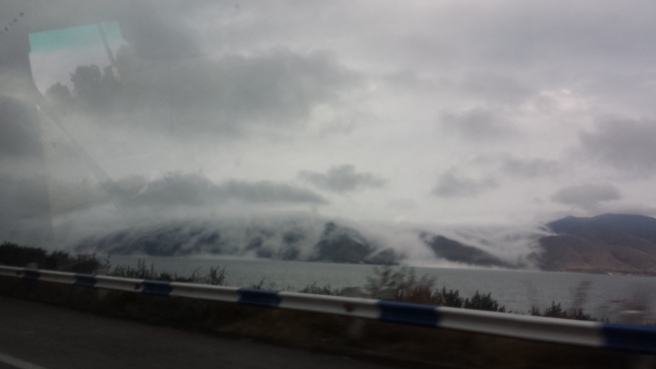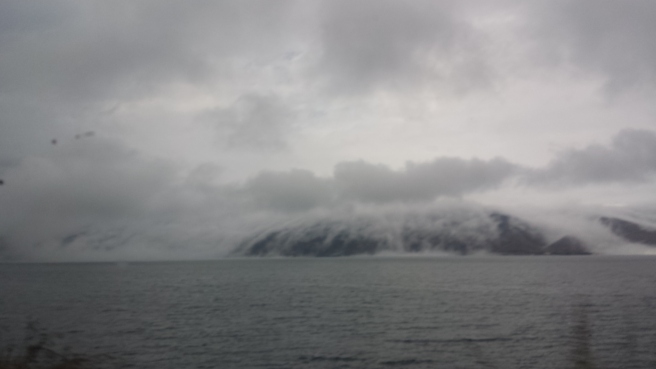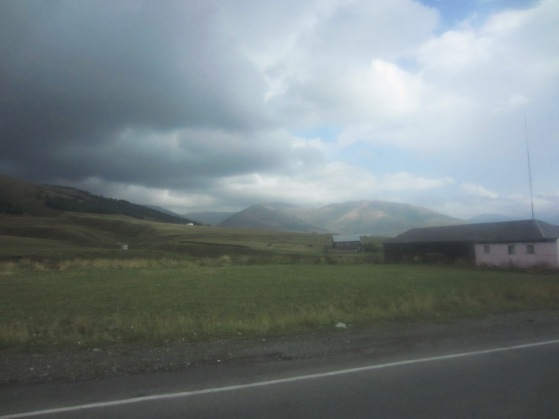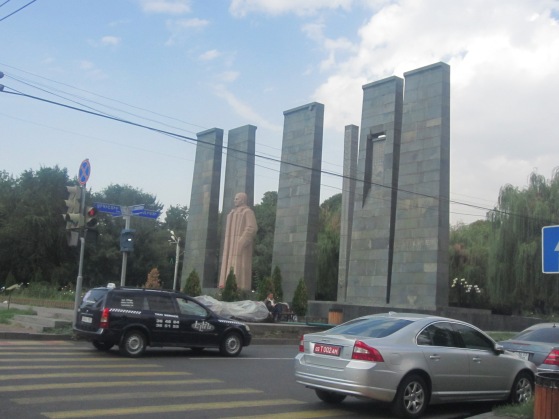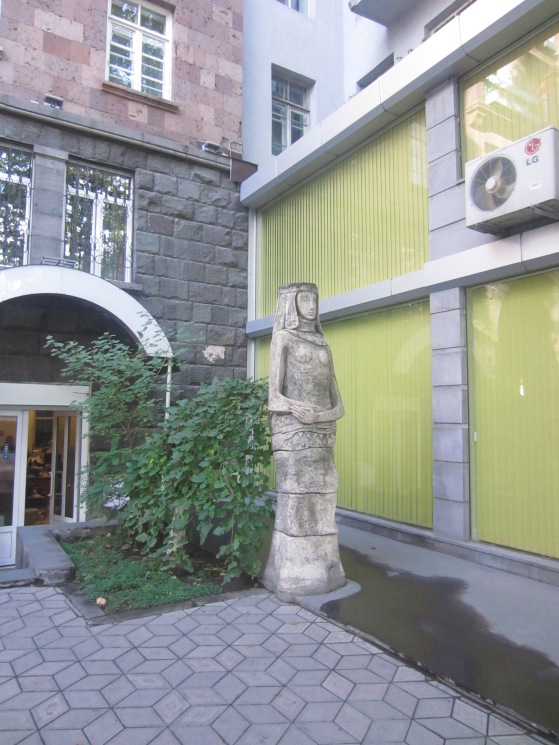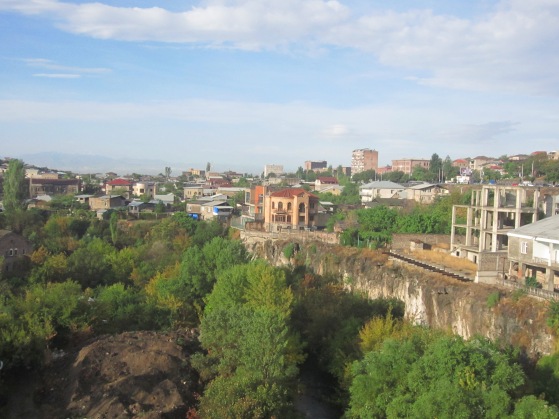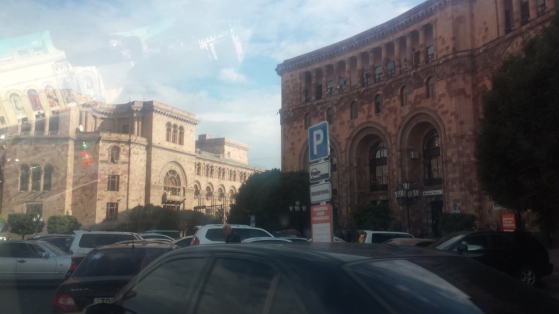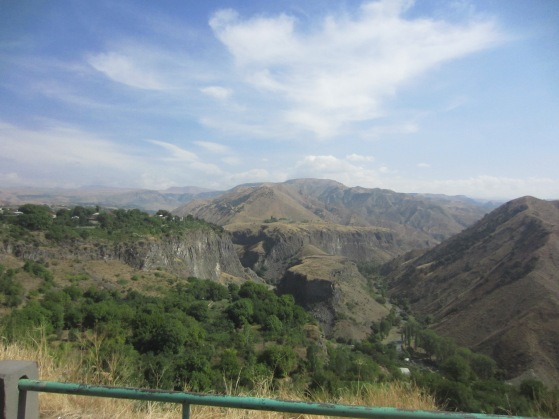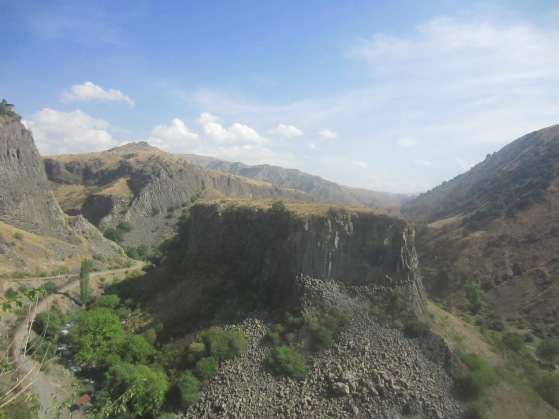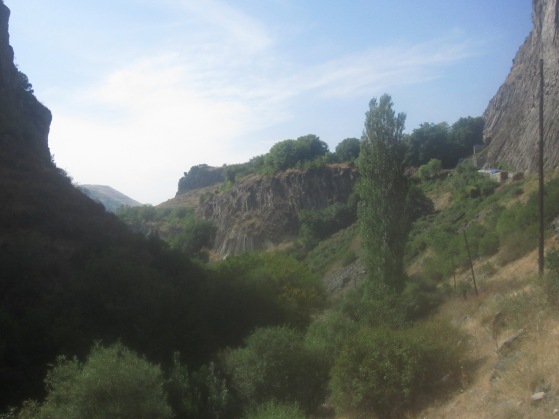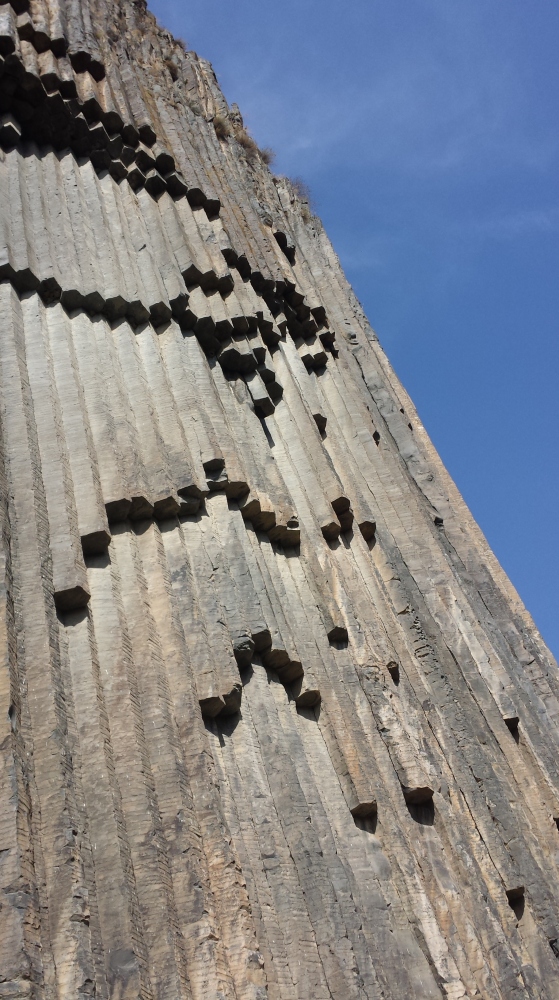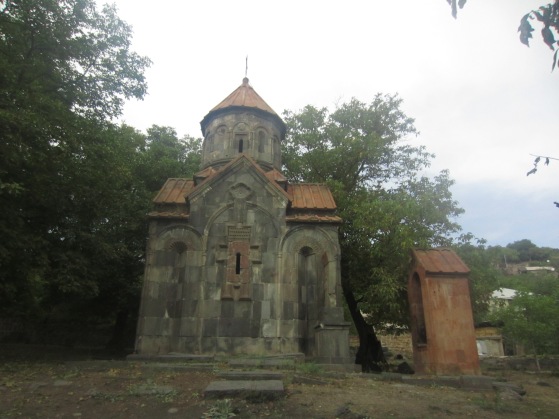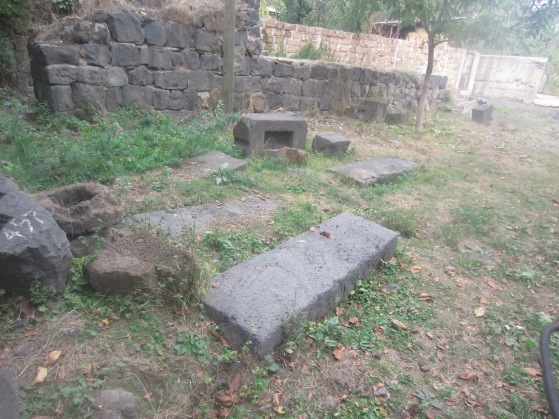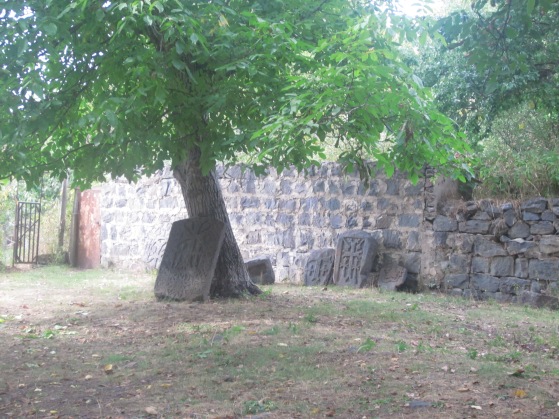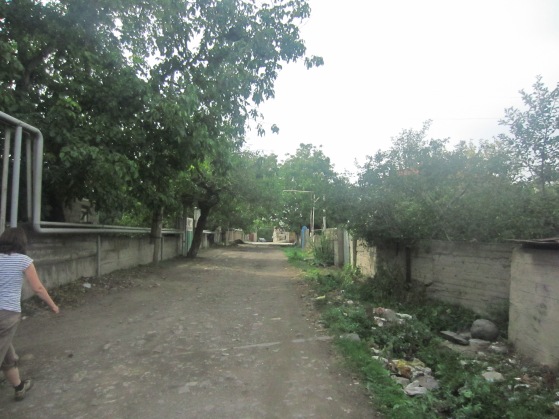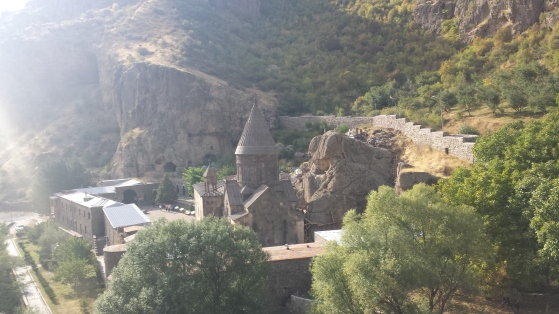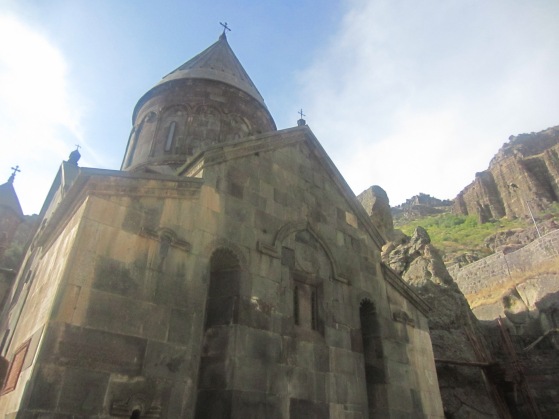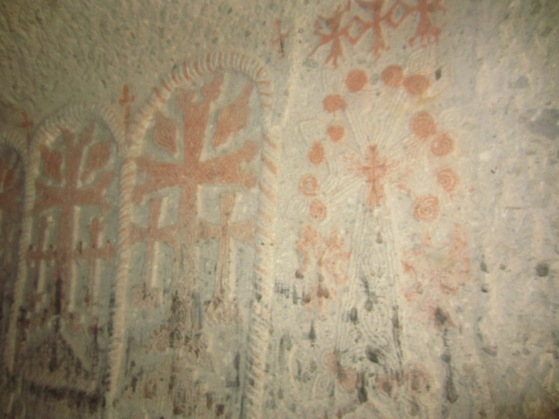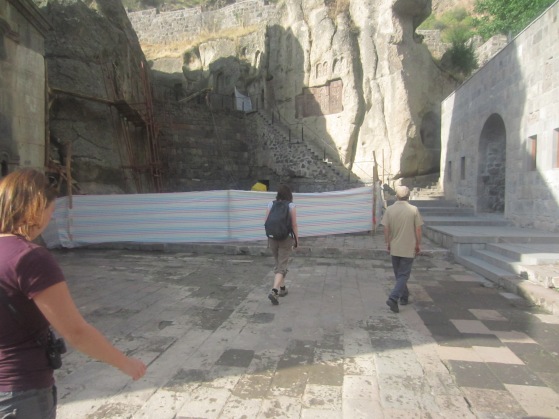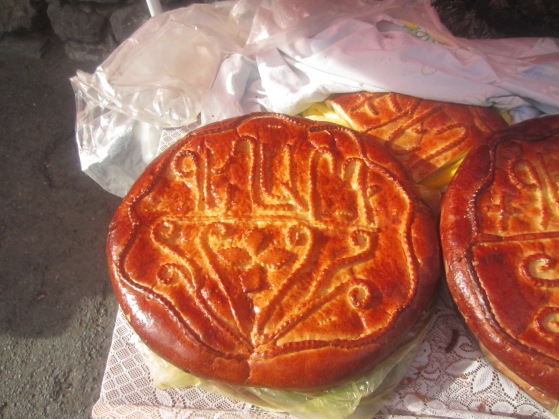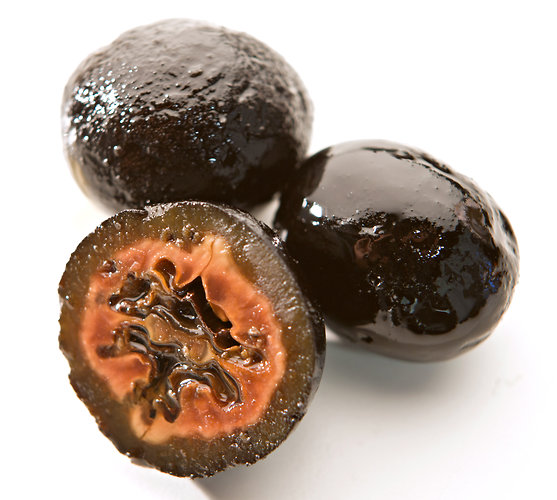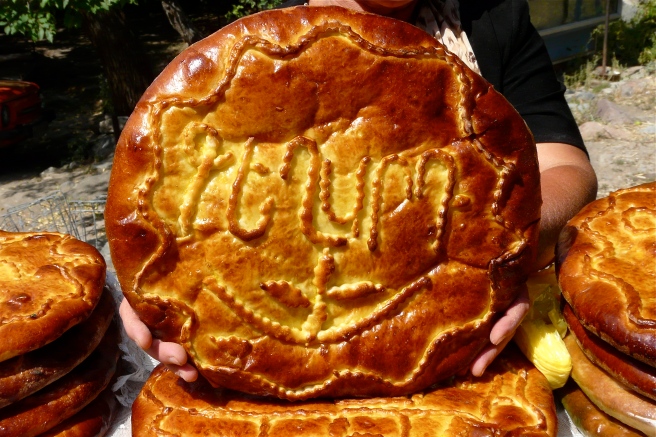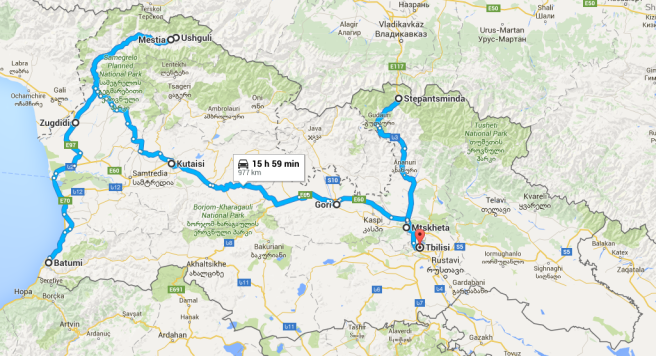I spent the 8th entirely in transit, on the bus, waiting for my plane, on the plane, on a train, and walking, but I arrived in Tel Aviv, via Sofia, Bulgaria on the morning of the 9th and welcomed myself to Israel by buying the first falafel I could find. It was delicious!
I spent the next few days in Tel Aviv. I met people at my hostel and learned a Belgian card game (similar to bridge) called whist, I ate sabich, drank Goldstar Israeli beer with new friends from around the world and bopped about the Carmel market, local beaches and parks. It was quite chill.

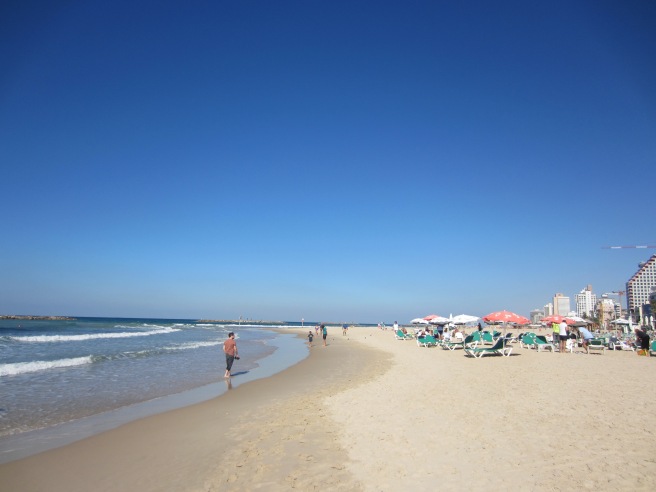
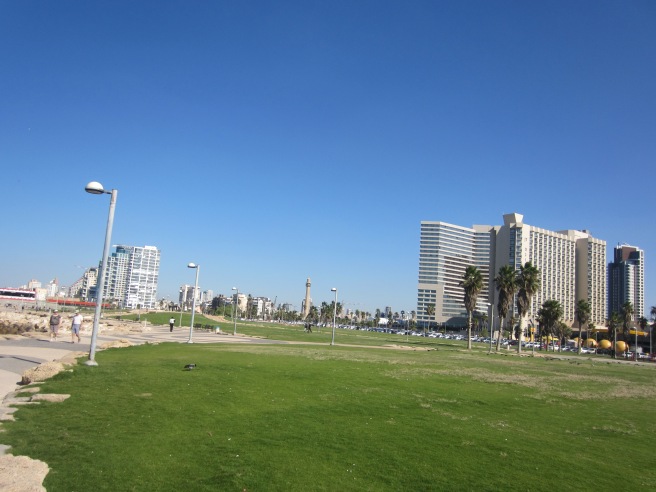
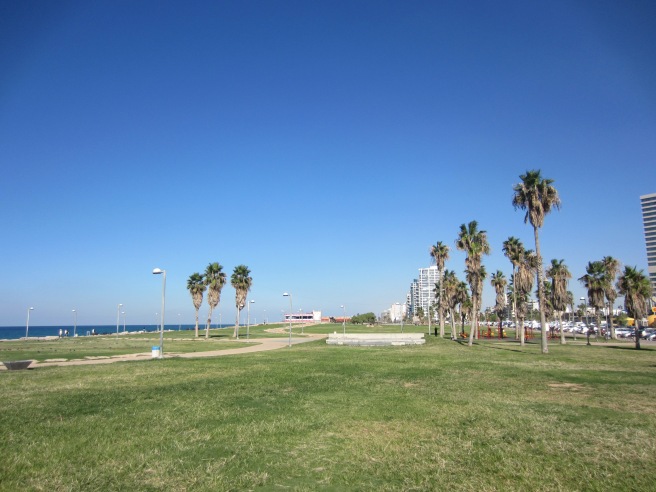


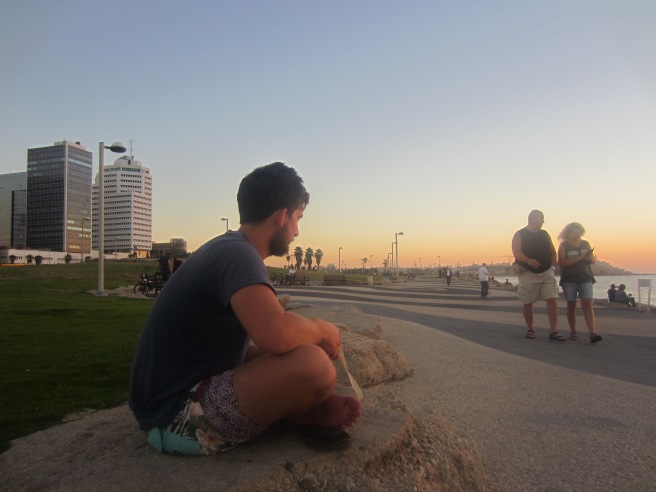

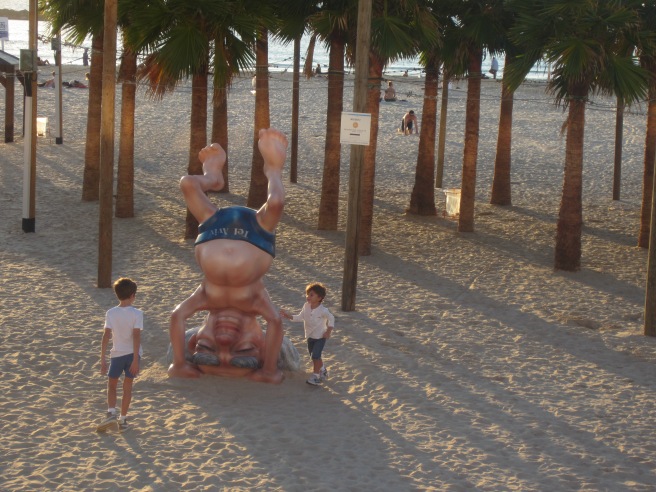
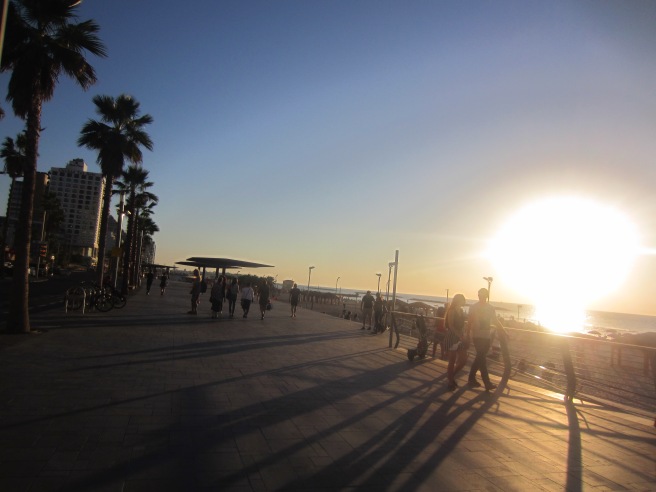

(Tel Aviv’s beaches)


(parks)
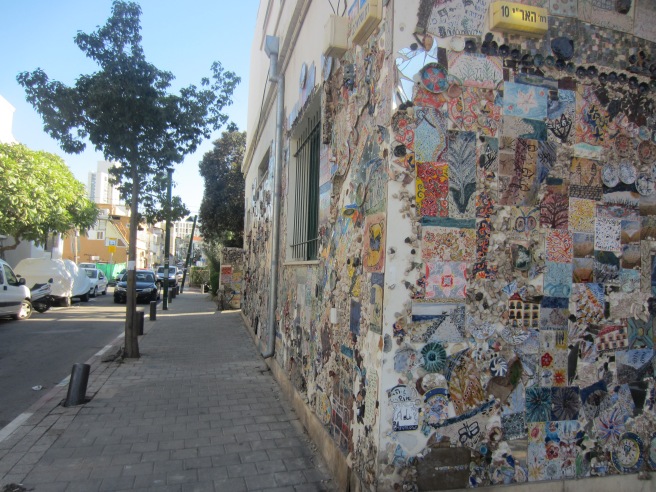

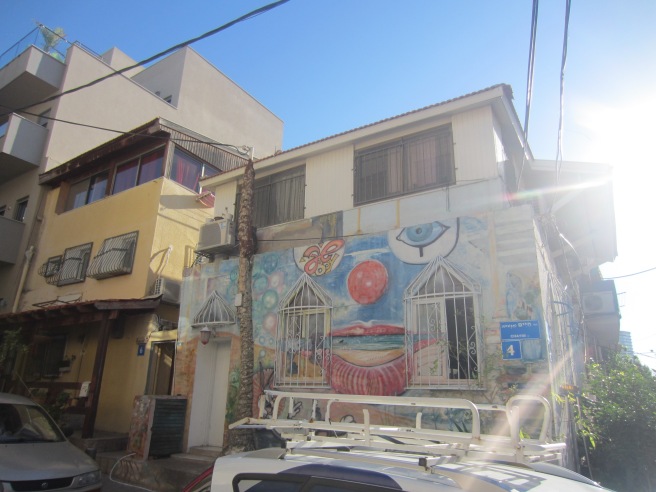

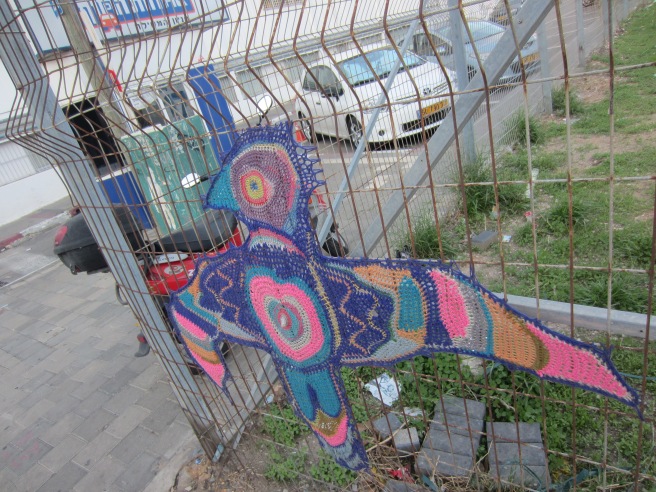
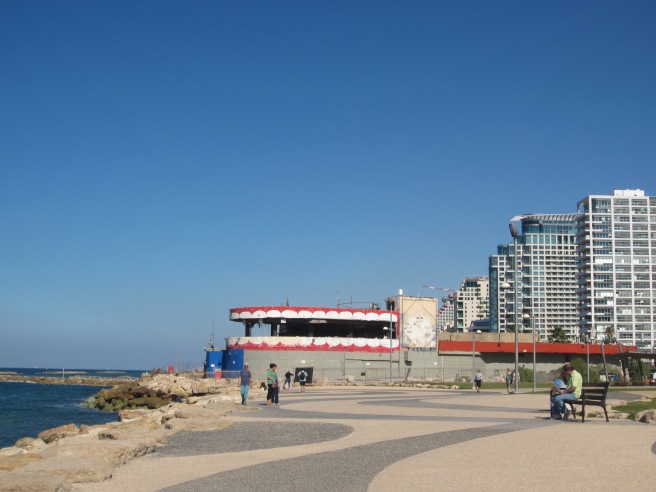

(graffiti. the last one is painted at the sight of a 2001 suicide bombing.)
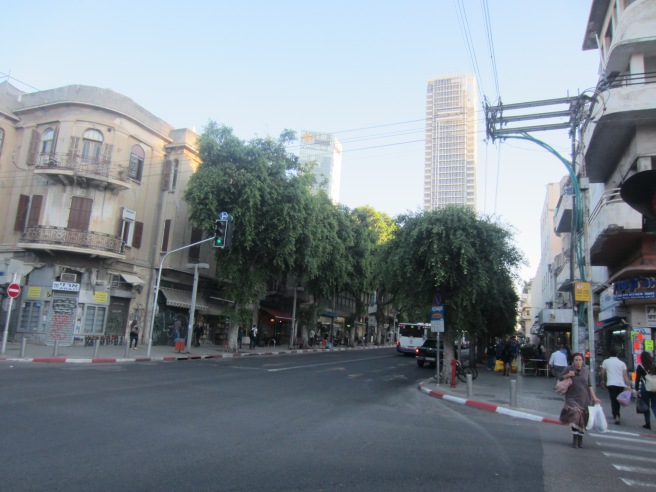
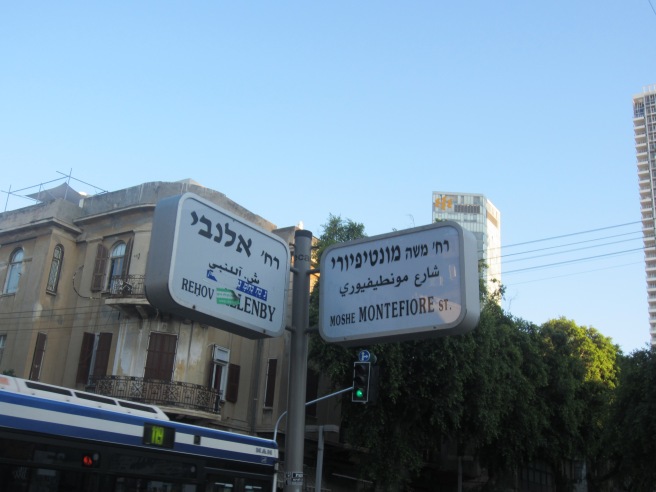
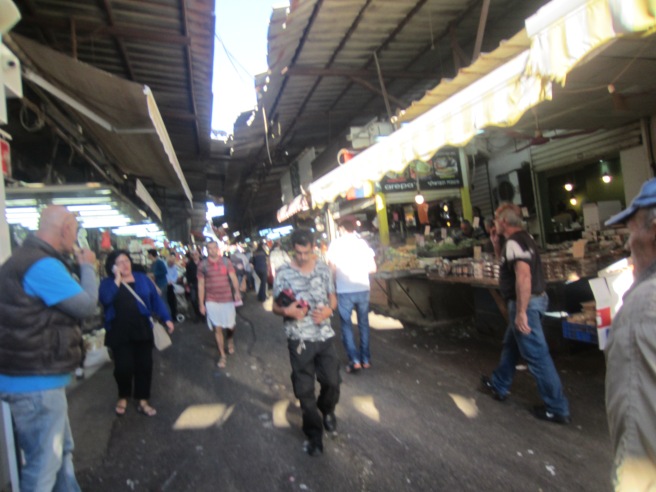
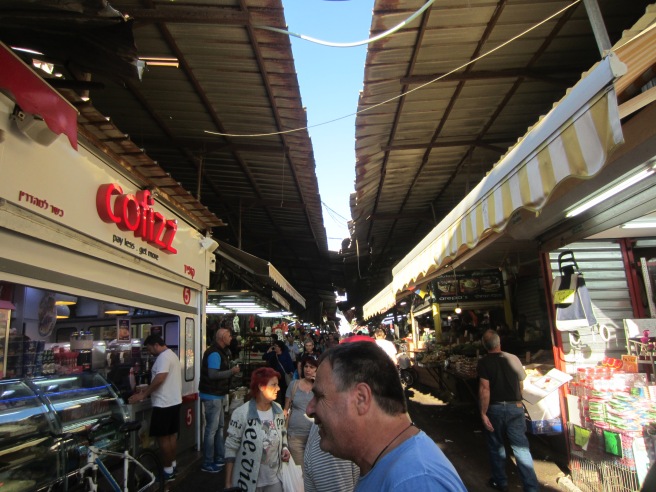



(streets and markets in Tel Aviv)
One of the days, I went with a new friend, Chelsea, to Ramallah, a city just across the (in some places) 8 meter high wall between the larger part of Israel and the West Bank.
To get there, we took a bus to Jerusalem, a train to the Damascus gate, bumblingly found our way to the Arab bus station (run seemingly completely separately from the bus system that whizzes around Jerusalem or between Israeli cities) that has buses that cross the checkpoint. Going into the West Bank, buses are not stopped at the checkpoint, and after what seemed like a short period of time, we were in Ramallah (I’m always impressed by how short the distances in Israel are, I guess I keep forgetting that the whole country is about the size of New Jersey).
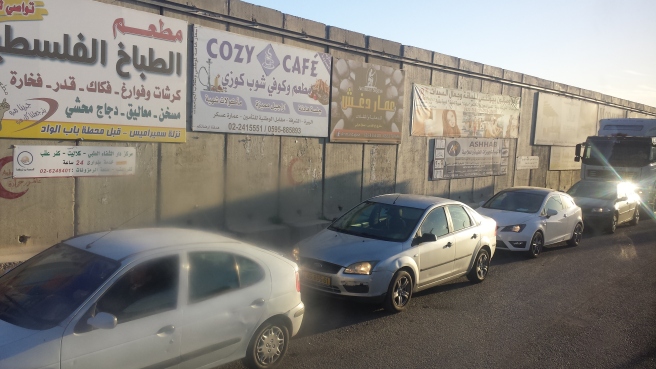
(the line to get back into Jerusalem)
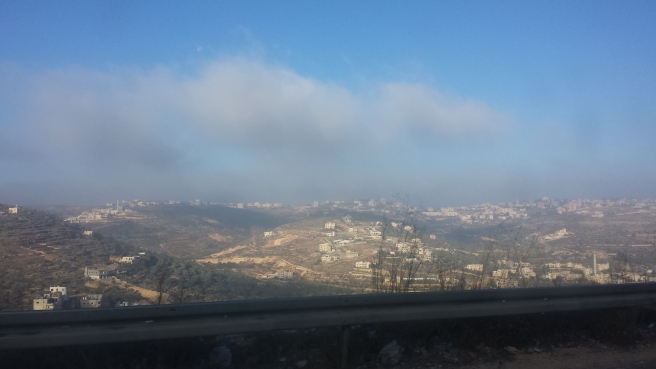
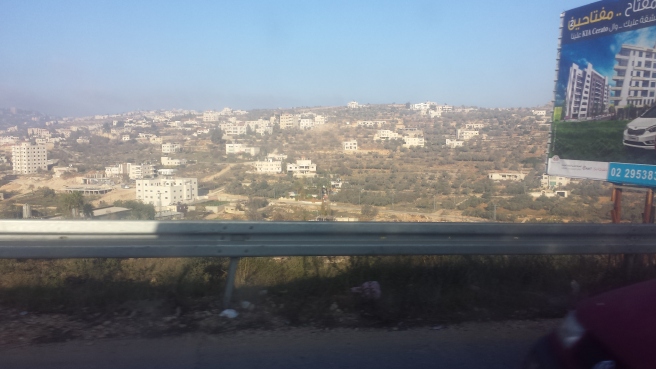
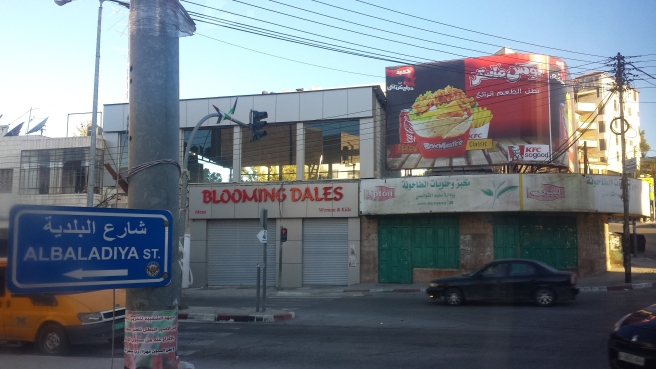
(driving into Ramallah)
We got off the bus and found ourselves in a city. I don’t know what my expectations were, but I guess that was not it. It was less well organized, clean, or nice relative to either Tel Aviv or Jerusalem, but it was a city with lots of street life and people walking around.

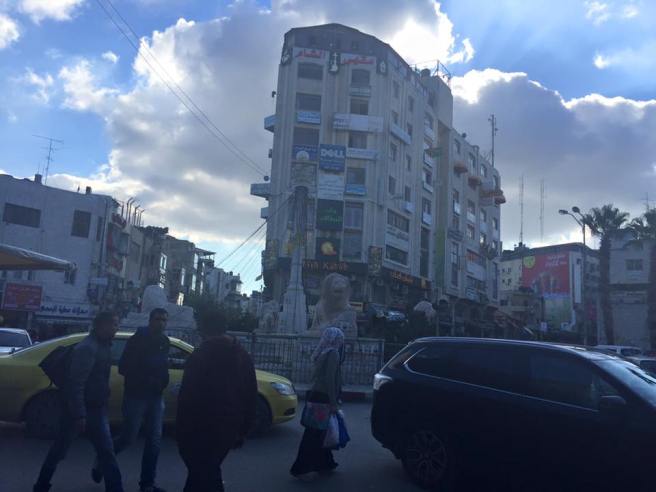
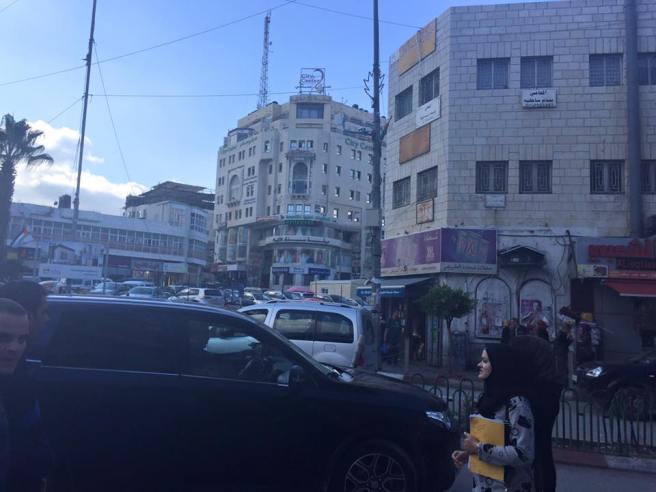
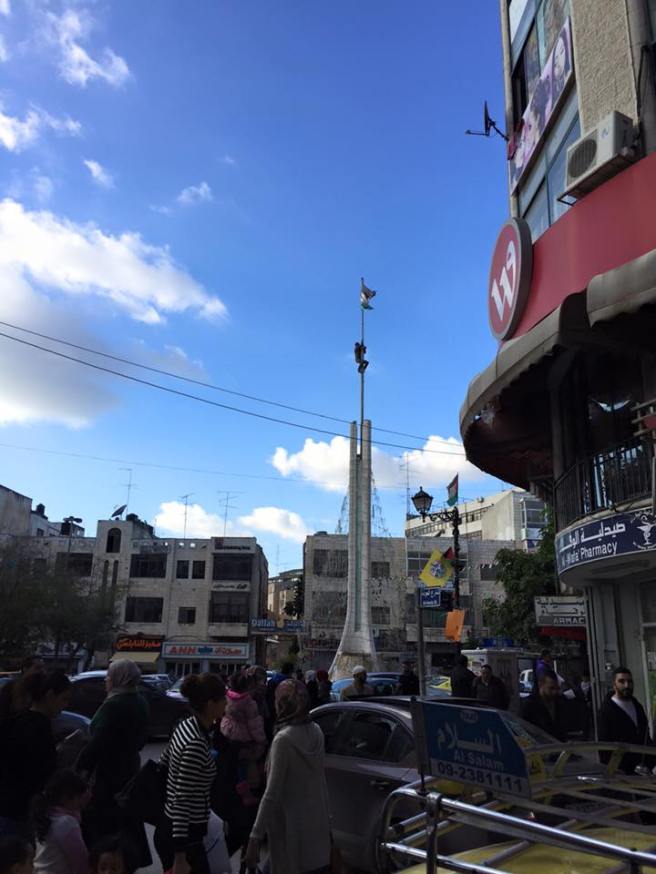
(in Ramallah)
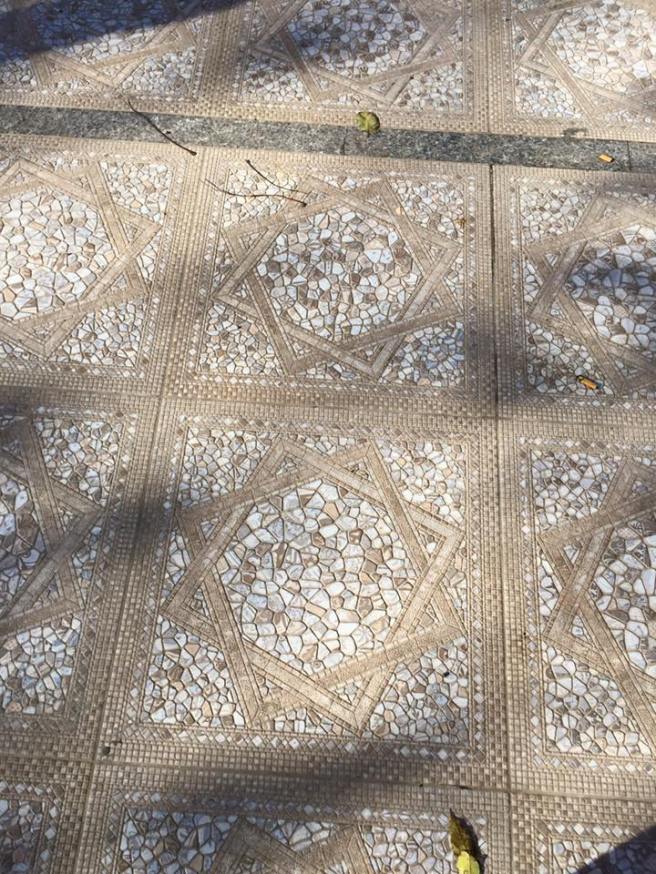
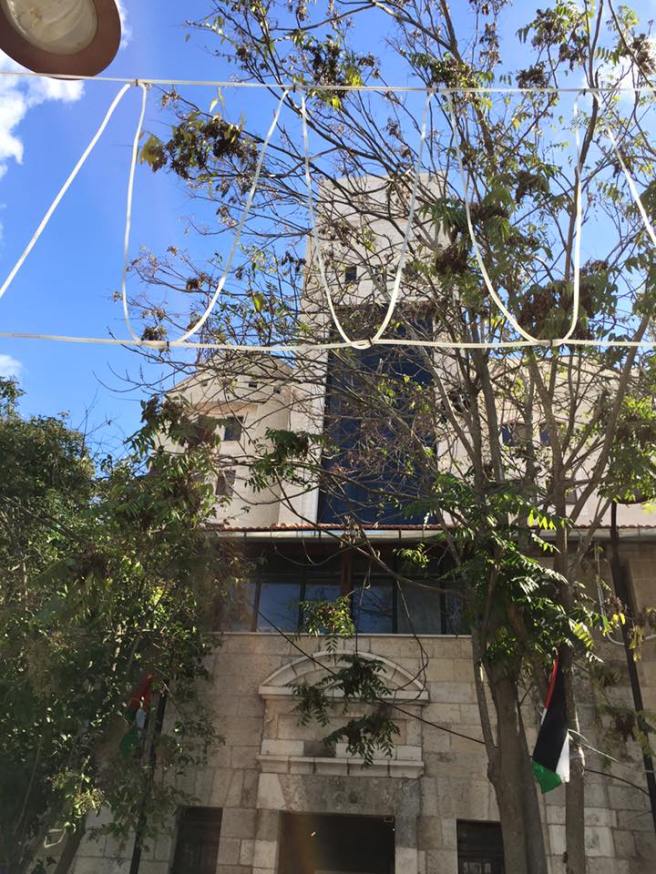

(more Ramallah)
We were pretty hungry, so first we found lunch – delicious kibbe and doner kabab – much much cheaper (three times less expensive) than the price of an equivalent meal in Israel. We’d not thought to bring much cash with us, and were dismayed to find that there were enormous lines for the very few (and mostly non-functional) ATMs in the city.
Then we started to wander around the city. My friend Isadora had warned me against wearing a long skirt (my go-to conservative attire) in the West Bank as it is what Hasidic women wear, so I wore long pants. I’d tried to communicate to Chelsea that she should also dress conservatively to be respectful, but she insisted on wearing a mini-skirt and tights. She stood out like a sore thumb in the sea of women who were wearing a hijab, pants and a long trench-coat like article of clothing.
We went into a bakery and tried to buy rugelach but were given it for free. We were told by numerous people ‘welcome to the west bank.’ People were really super friendly! I was impressed that a large percentage of the people in the city seemed to speak fluent perfect English (also true for Israel generally). At some point while we wandered, we were stopped by a guy who asked if we were the illegally-living-there western wives of Palestinian men and if he could interview us. He seemed surprised to find out that we were just simple tourists.
After about 2 hours in Ramallah, Chelsea had had enough. I think she went into the West Bank with the preconceived notion that it was dangerous and unsafe and as a result she felt unsafe. This was really interesting to me, as we experienced the exact same things over the course of the day and we both had very different perceptions of them (I loved it and felt completely safe and welcomed; she felt the opposite).
She stopped on the street, turned to me and said, ‘You can do whatever you want, but I am going back to Jerusalem right now. Where can I find a cab back to the bus station?’
I told her I’d come back with her, and that we were just feet from the station so we should walk. I wanted to double check the directions so I asked a man on the street. He gave us the directions, invited us to tea/food/his place in Nablus, and told me he loved NYC, but hated the USA for their pro-Israeli politics. I would have happily continued the conversation, but Chelsea was clearly clearly quite frazzled, so I thanked him (shukraan) and we left (I knew then that I would be going back to the West Bank before I left Isreal because I wanted to talk to more people there).
The same checkpoint that the bus had breezed through en route to Ramallah took a long time (>1 hr) to get through to get back to Jerusalem. Chelsea and I were confused to see all of the young people got off the bus. I was told later that it is a policy: if you are under 45 and don’t have kids under 12 you have to get off the bus to go through the checkpoint. The rest of the people are allowed to stay on the bus and a sometimes neutral sometimes growling soldier or 2 or 3 will get on the bus and check everyone’s documentation. (we were allowed to stay on the bus – I guess there is another policy for ignorant tourists). It seemed unnecessary and humiliating to force most people off the bus. The young people on our bus never made it back on. I guess they caught another one after spending what I can only imagine was an even longer time going through security.
We got back to Jerusalem and stopped into a Cofizz bar (where 5 shekels or $1.25 buys you a glass of wine) to decompress and share our perspectives on the day.
We decided we’d walk back to the bus station. En route, we stopped by a market Chelsea liked. She said that she had a friend who worked there so we stopped by his shop. Turns out that he owns or at least runs a liquor store in the market. We had a drink or two with him there and he told us that it was a stupid and very dangerous decision we’d made to go to Ramallah (having never been there himself – and the situation being very different there for tourists and Israelis). Chelsea agreed and I disagreed with him. He brought another shop keeper from next door, an Arab Israeli, in to the conversations to vouch and agree with him (this was my only real conversation in Hebrew in Israel as that man did not speak any English). Him and another Arab Israeli who worked in the market both agreed that the route to Ramallah was dangerous and that we were brave/stupid. I still disagree. He invited us to hang out and drink with him and another friend of his, and we did for another few hours after his shop closed before catching a bus and a taxi back to our hostel in Tel Aviv.
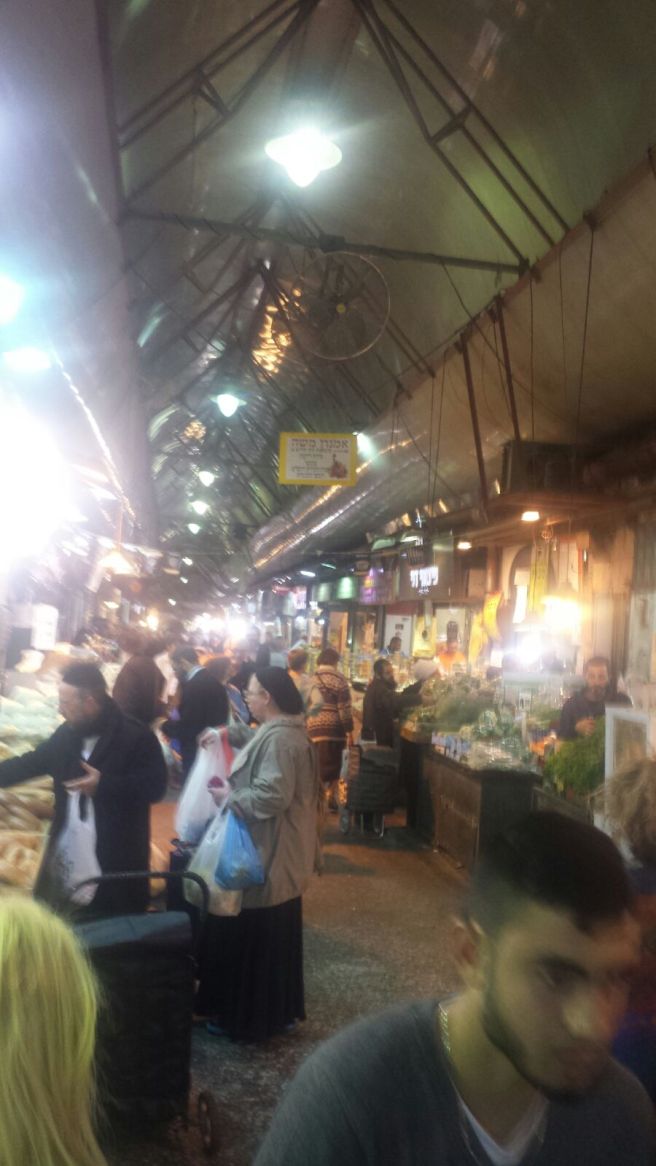
(market in Jerusalem)
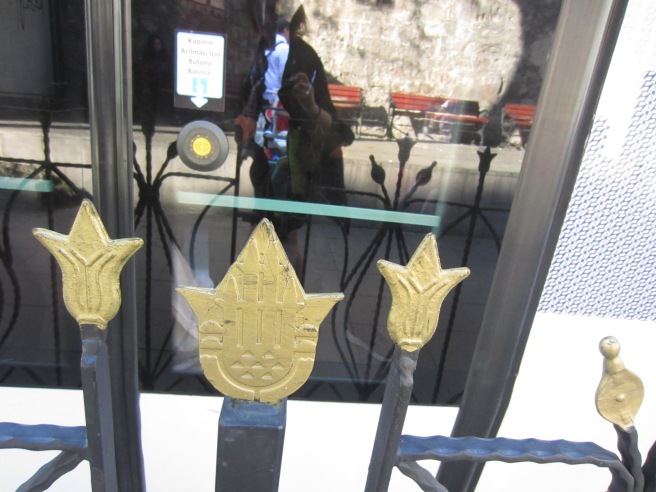
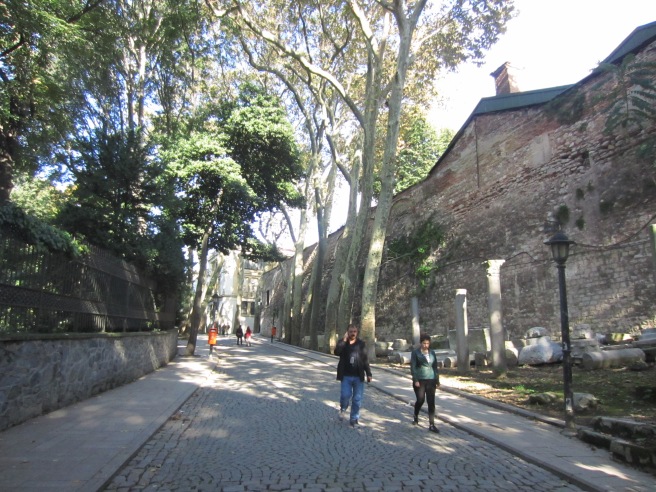

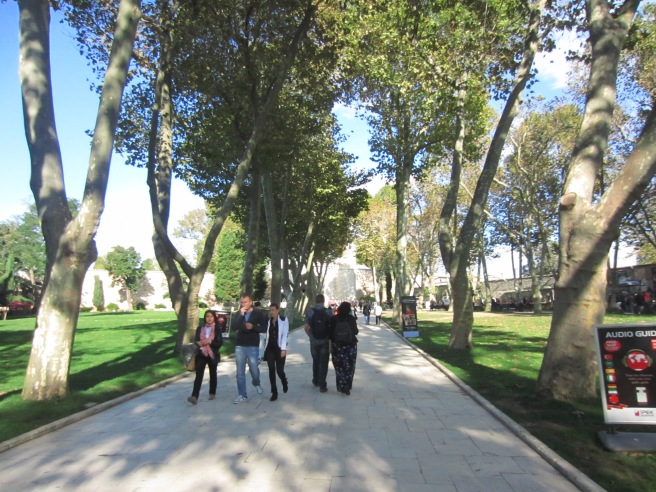



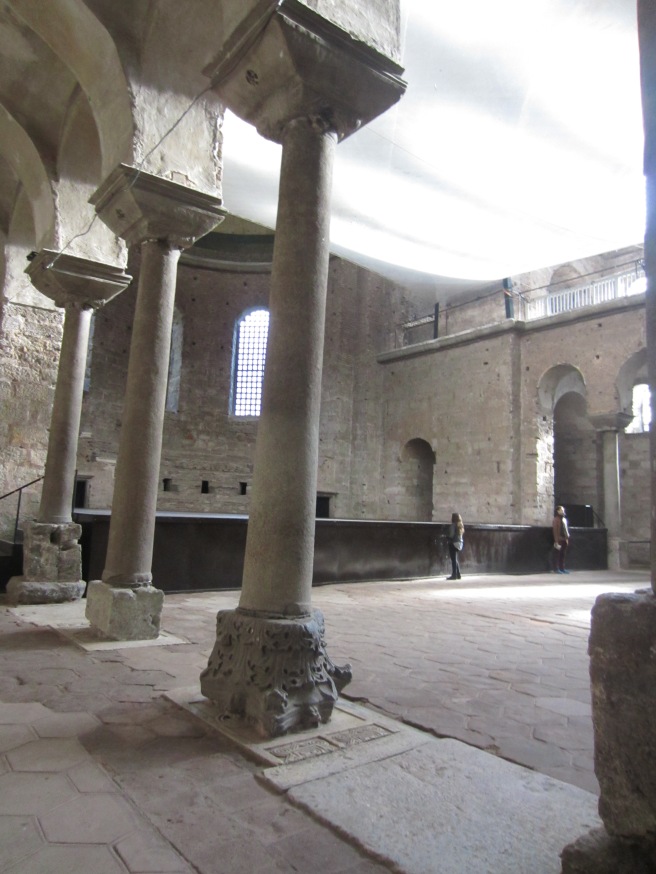




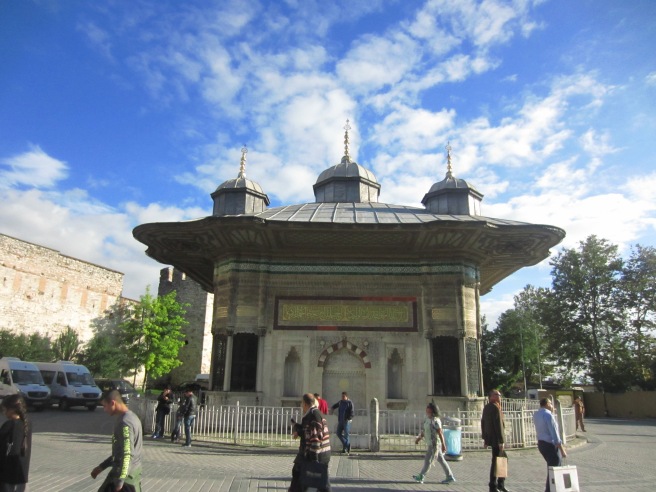
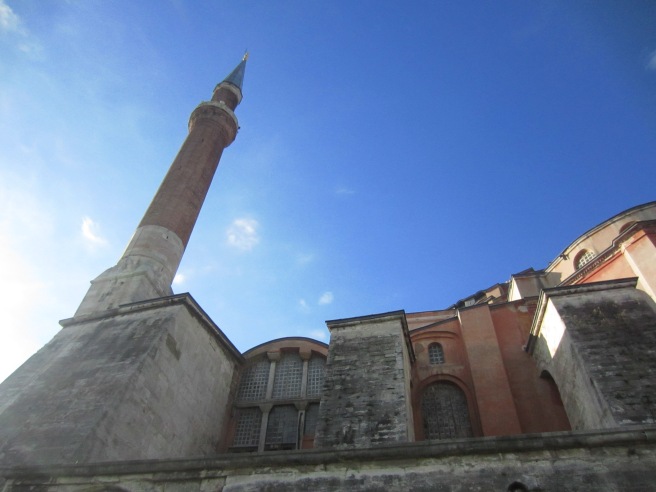


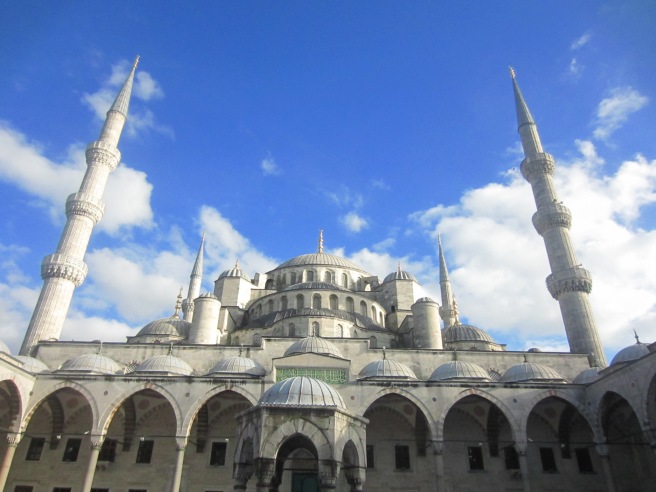

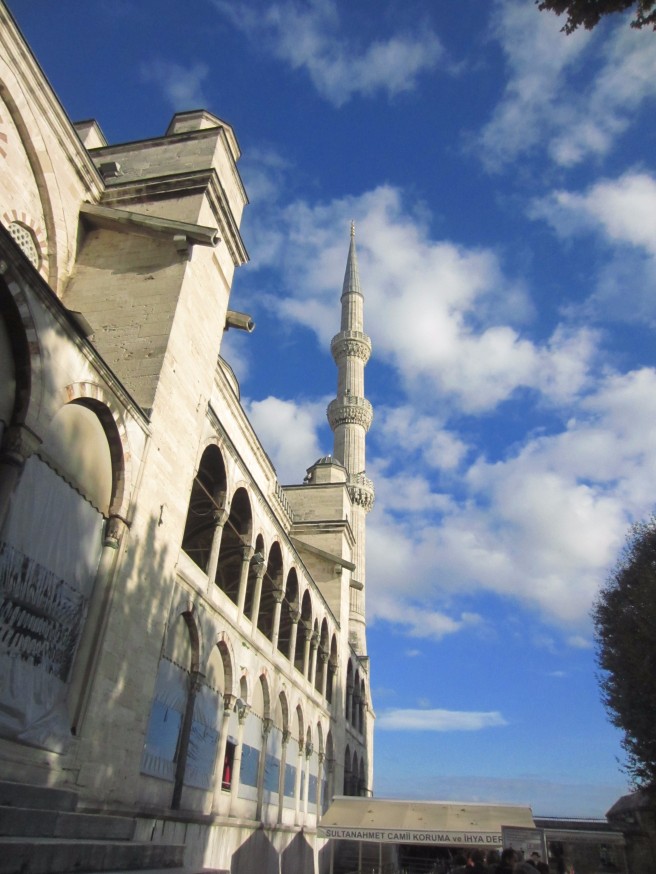
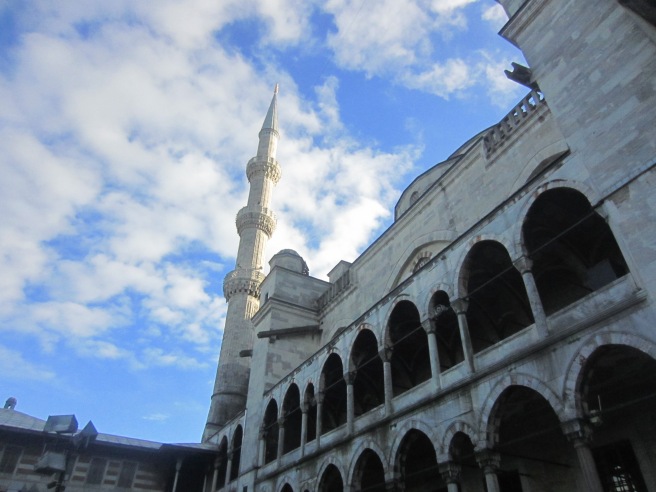



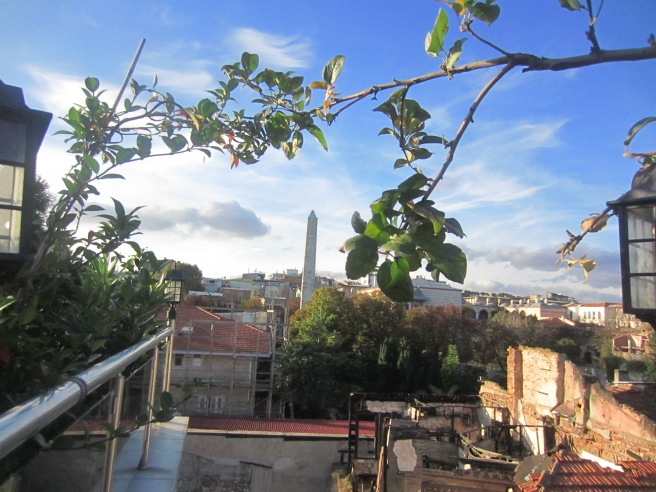

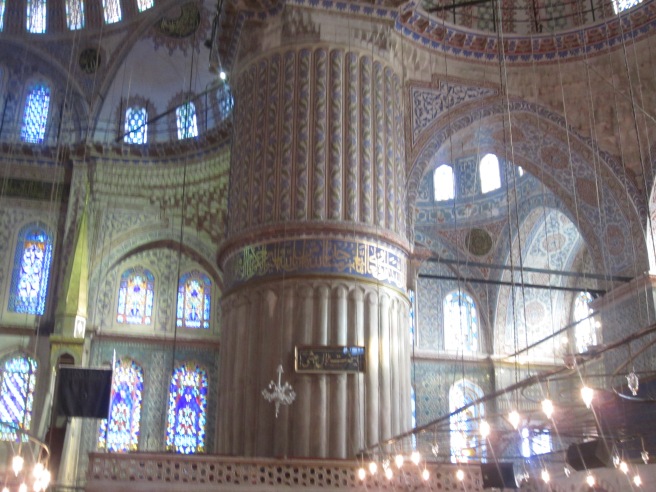
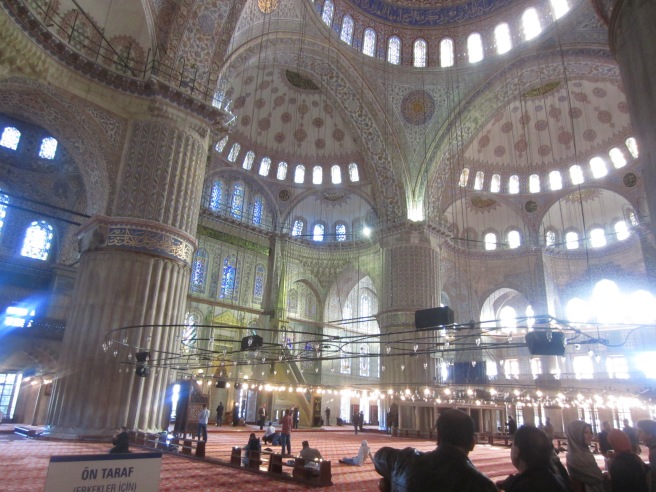

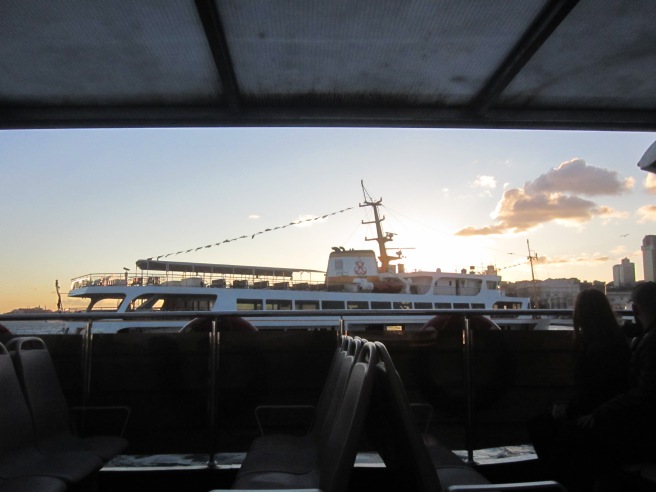
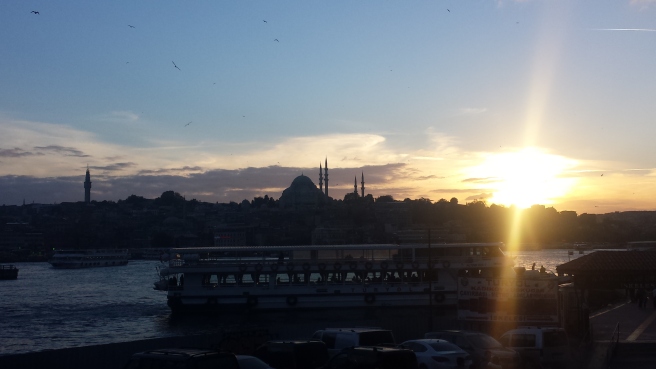
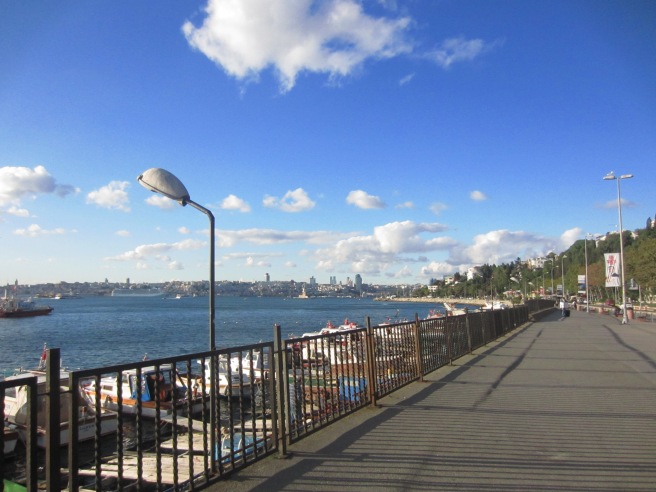

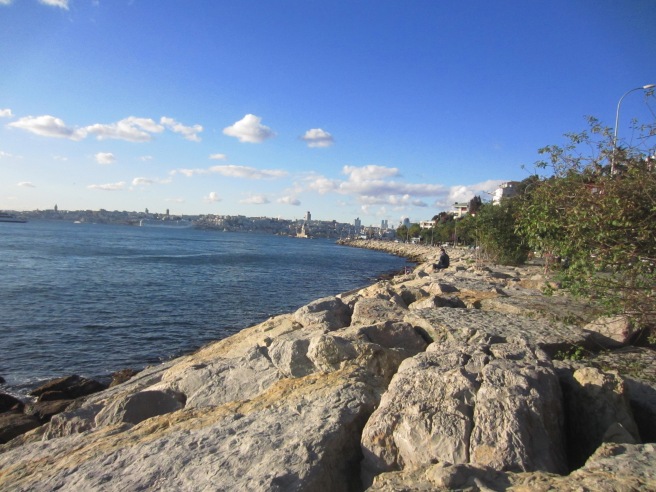

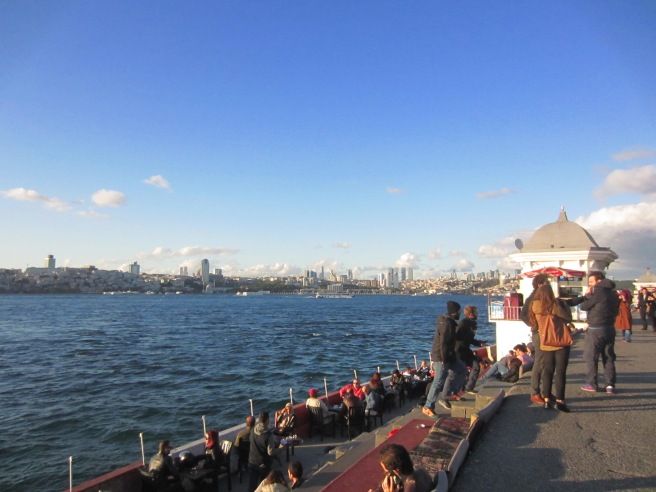
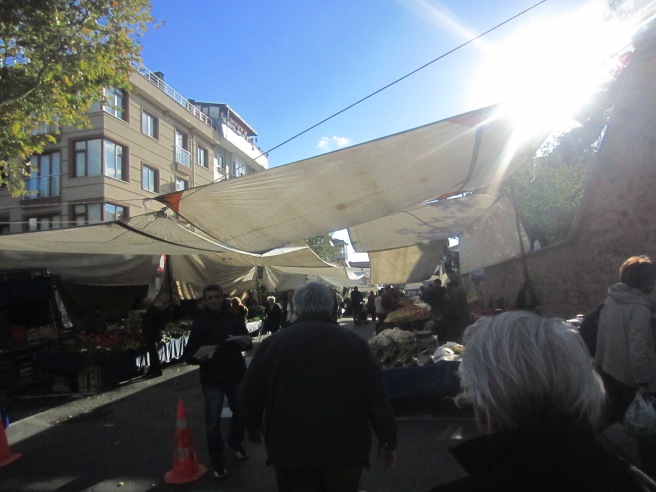




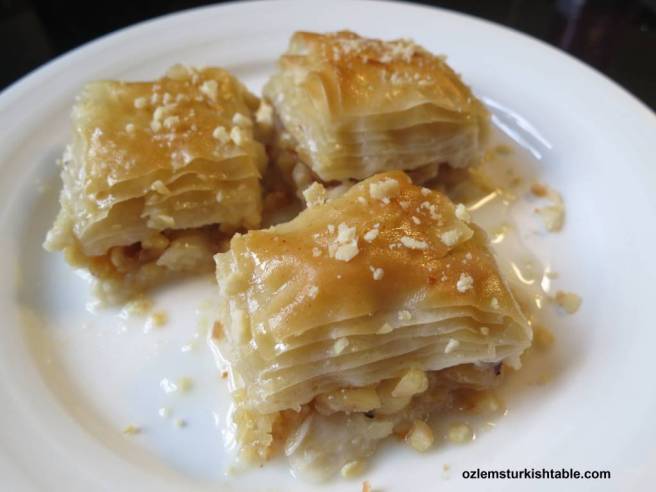




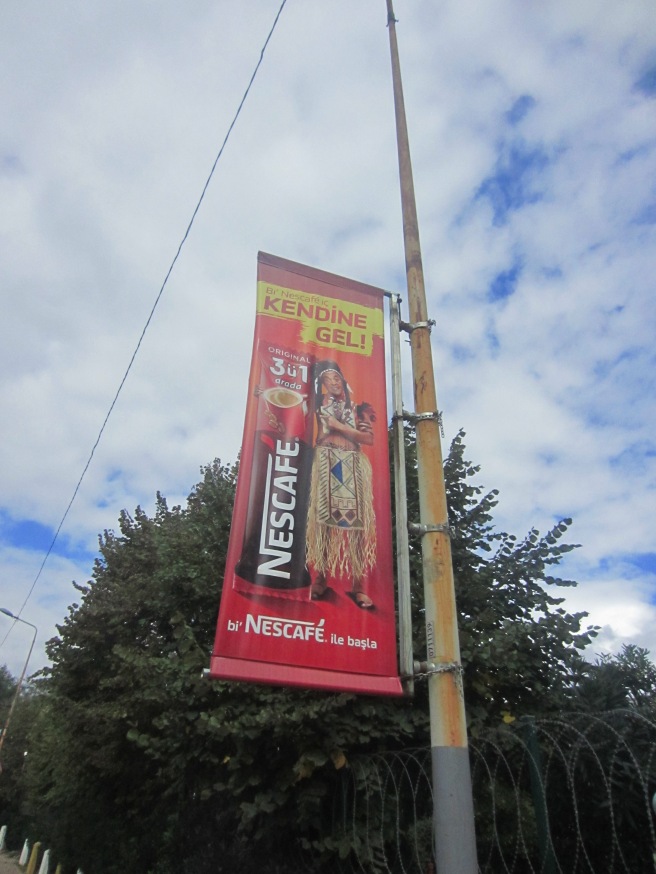


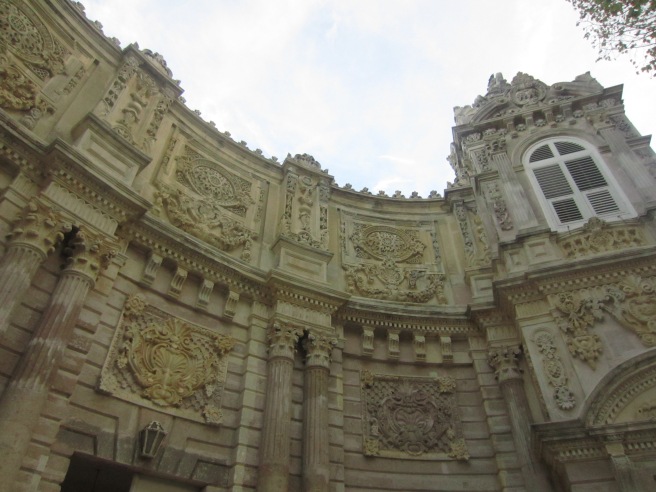
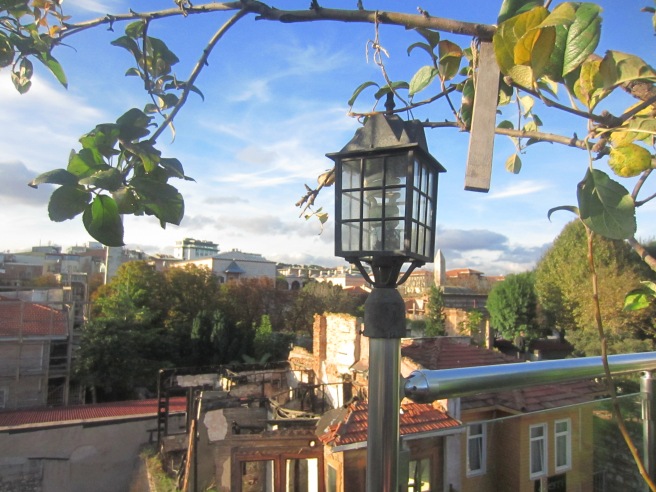
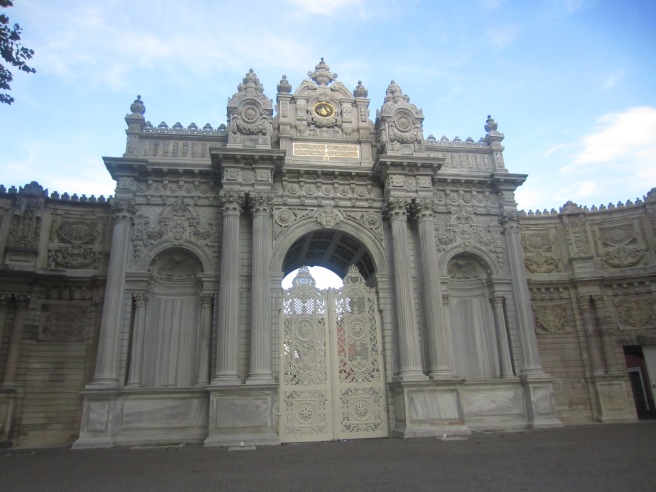




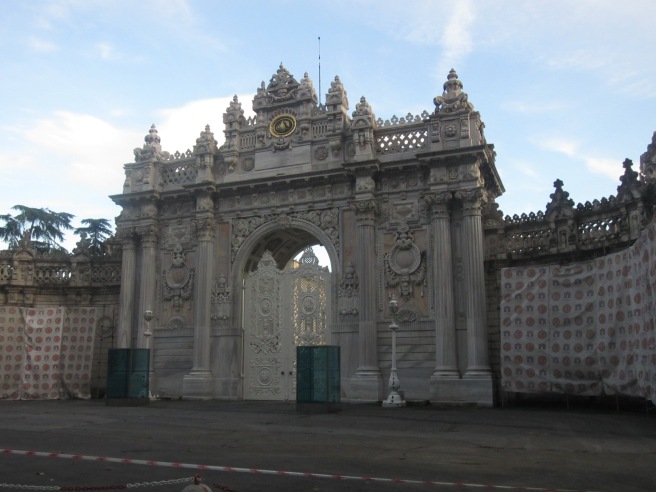
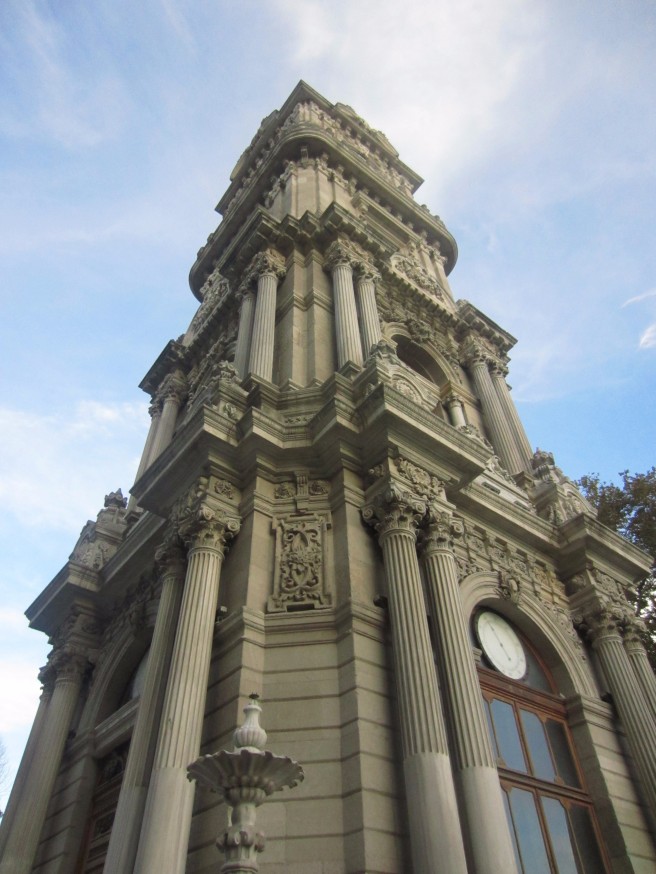
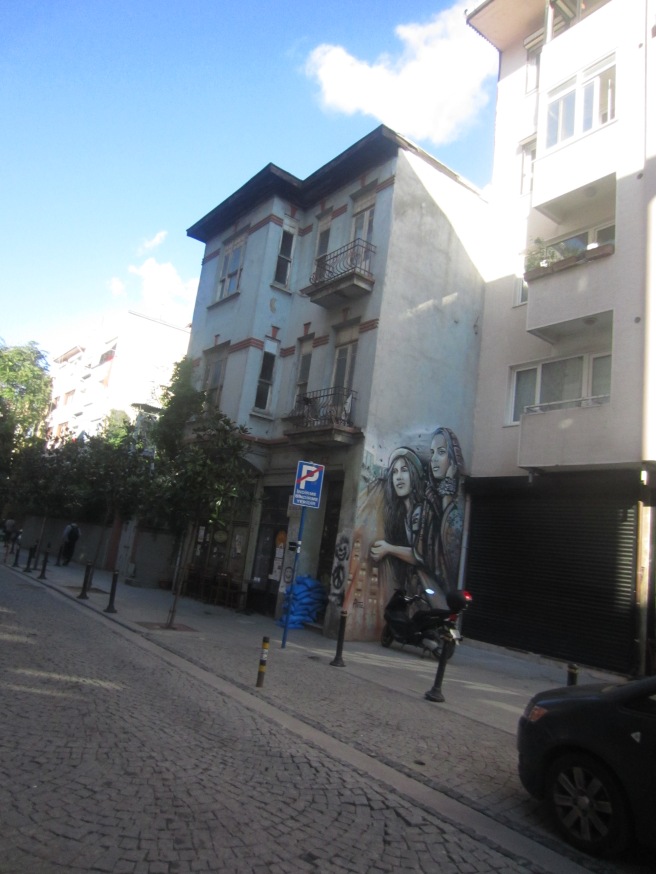
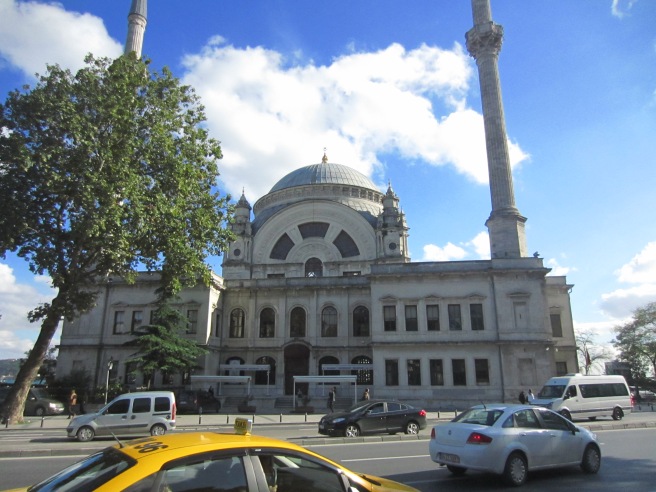
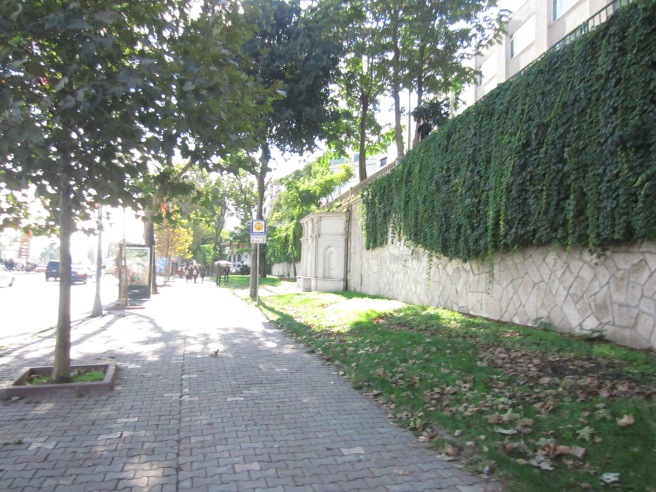
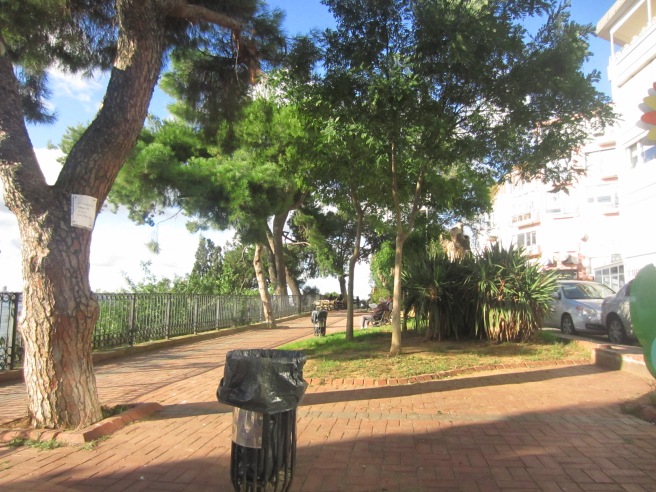
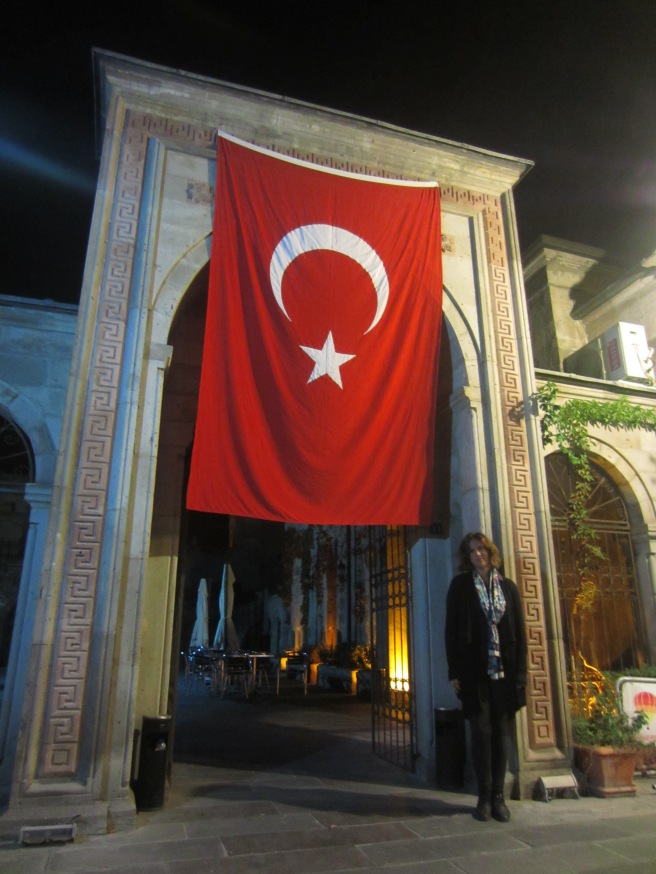
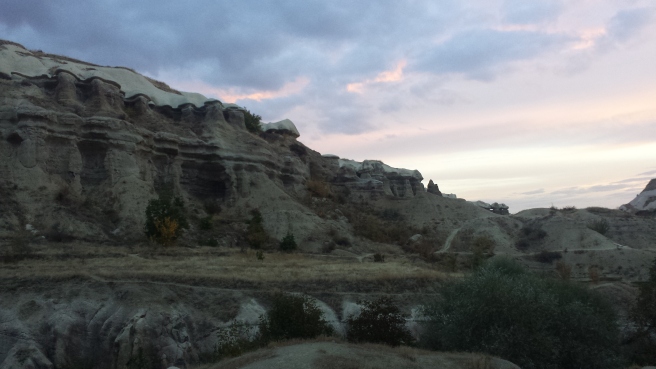


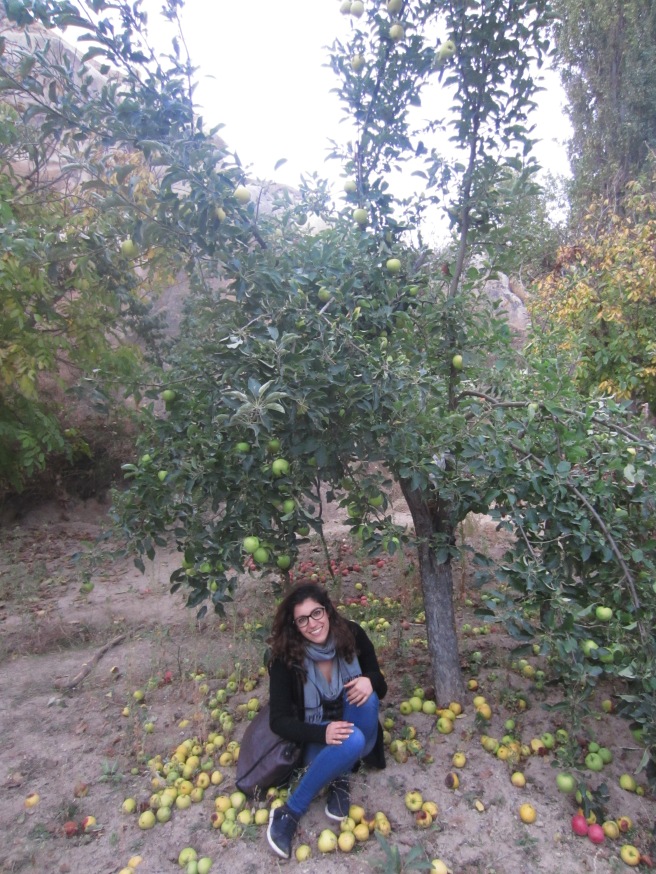



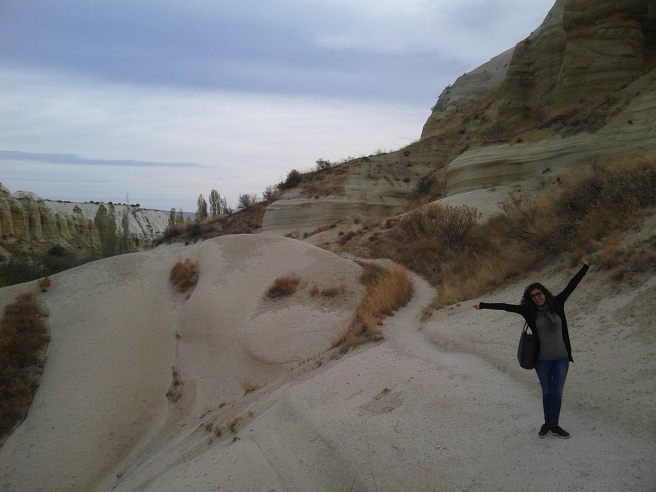
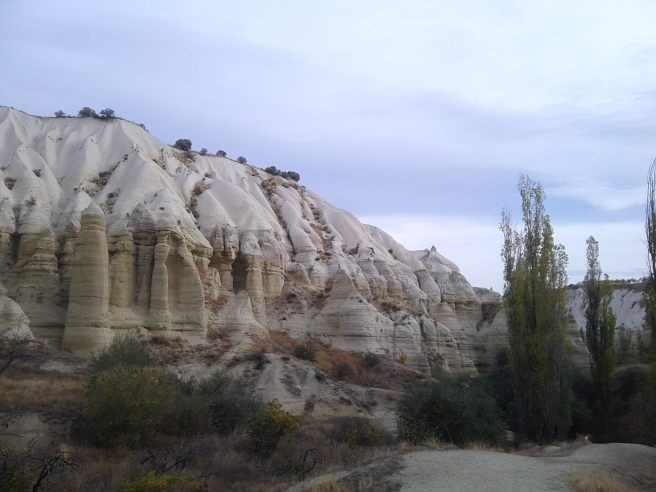

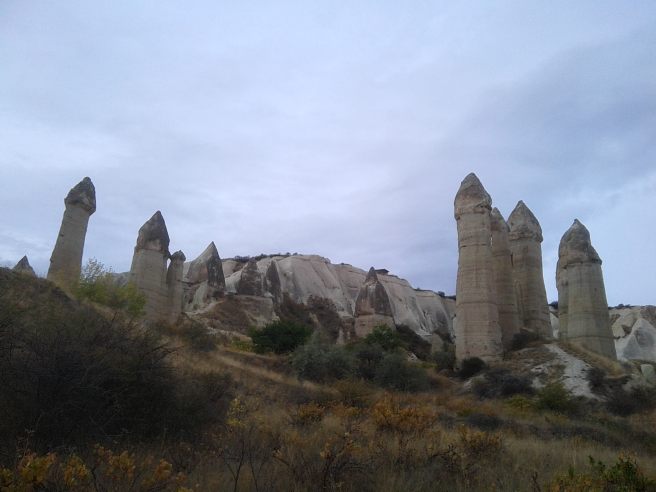
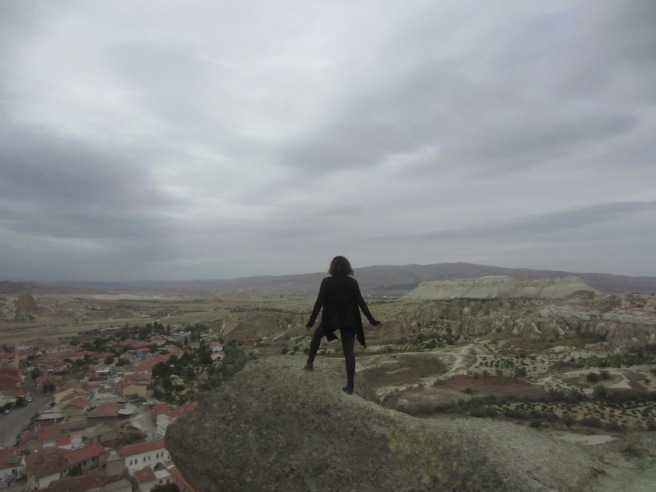
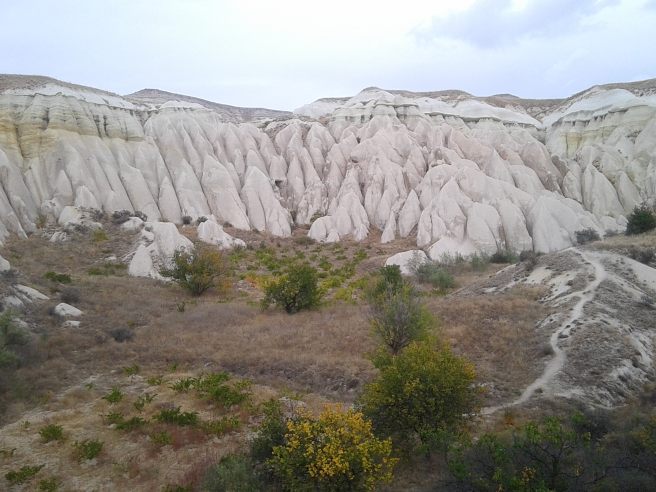


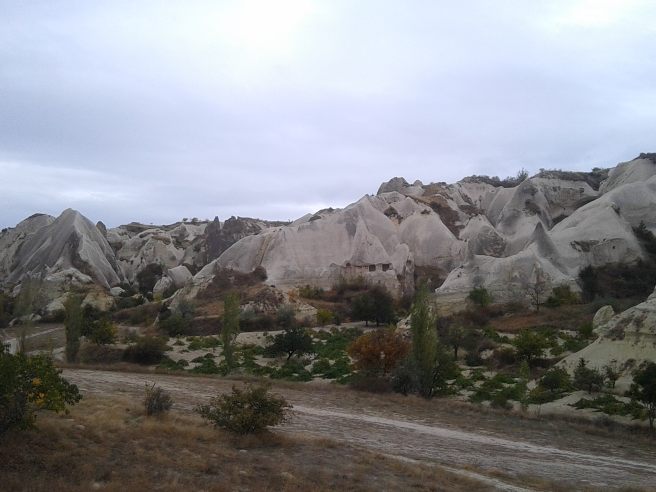
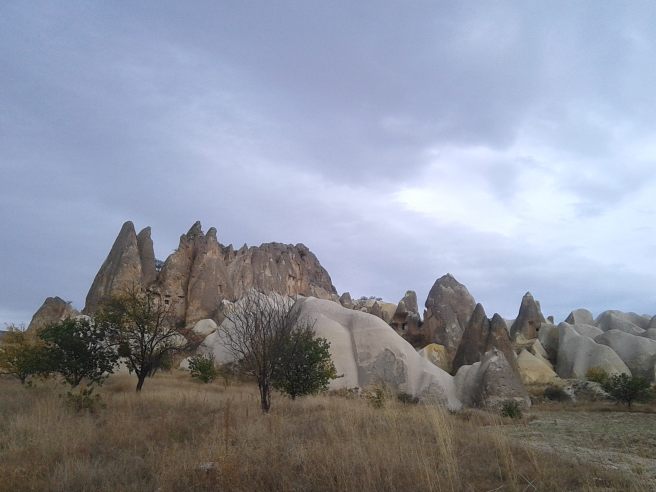

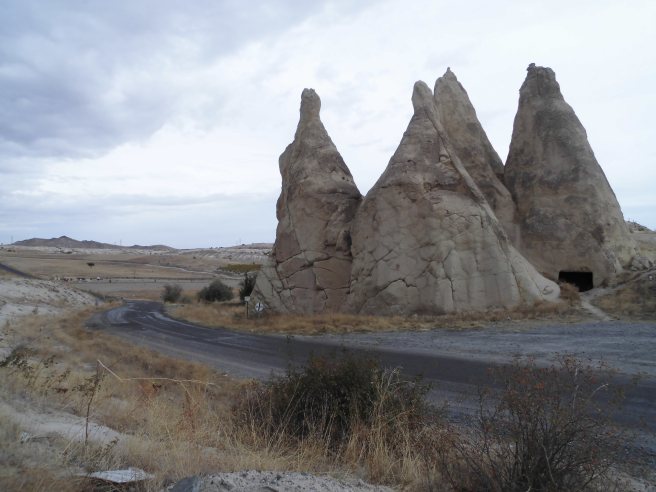









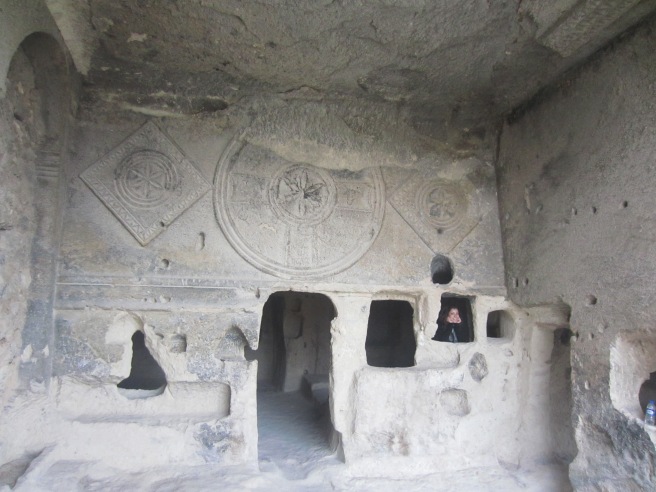

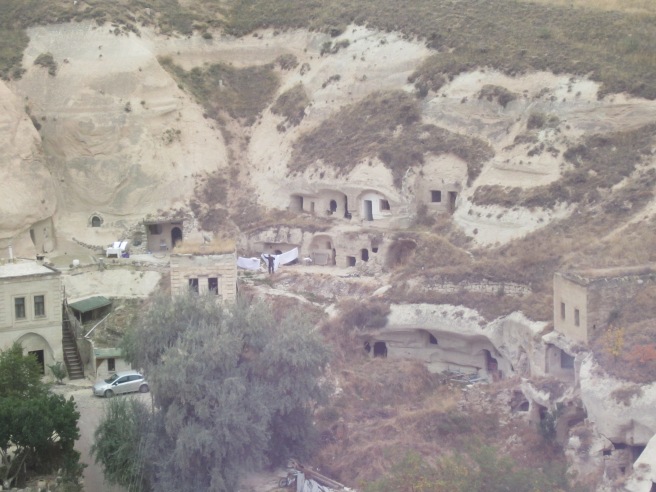

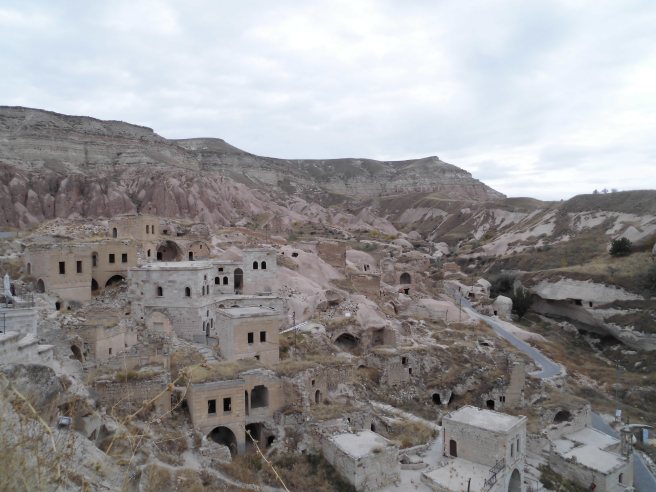
 (more of the other side of town and the new city below)
(more of the other side of town and the new city below)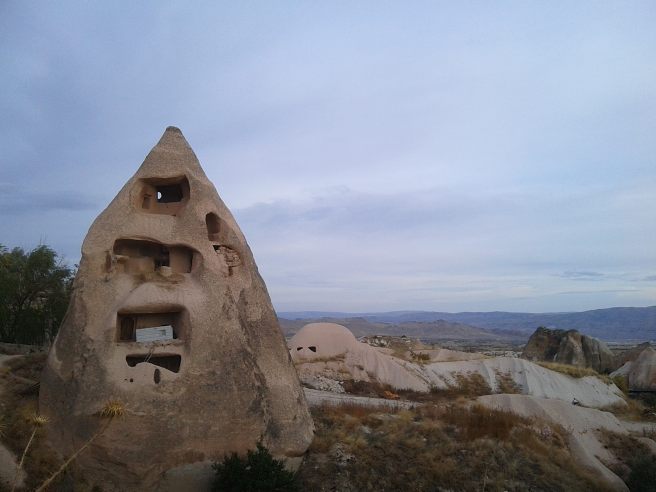

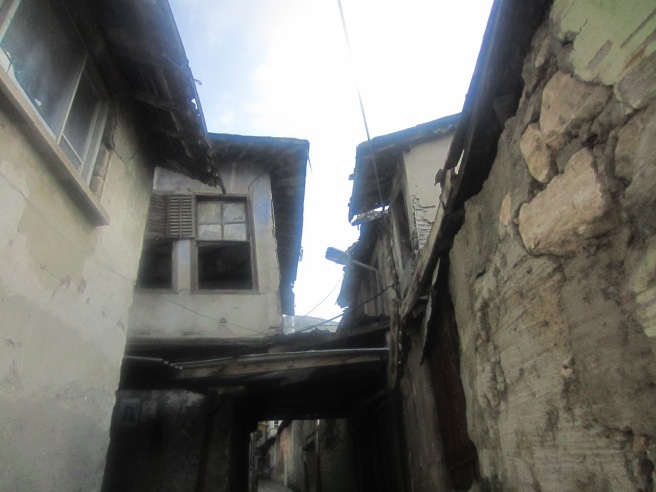



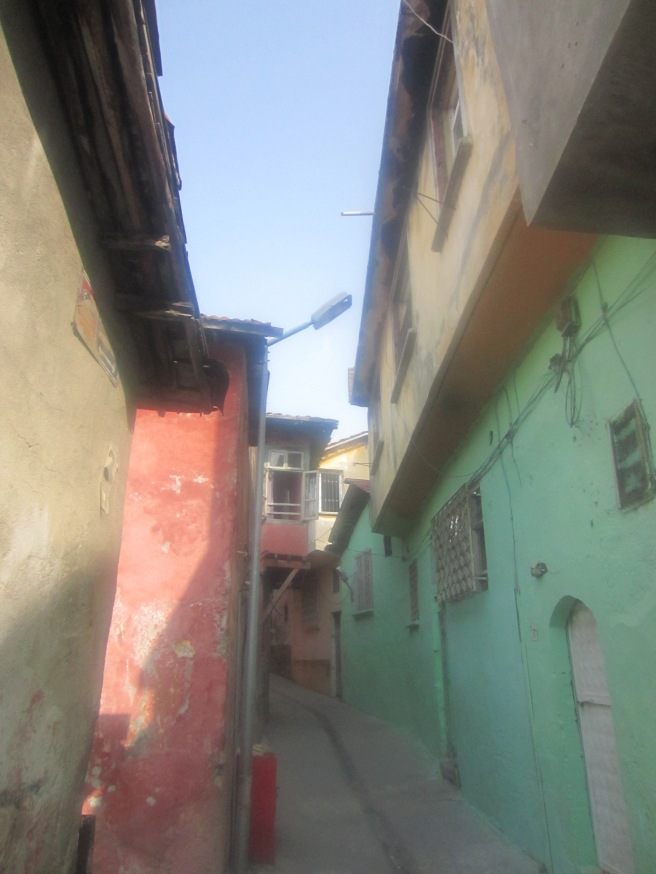



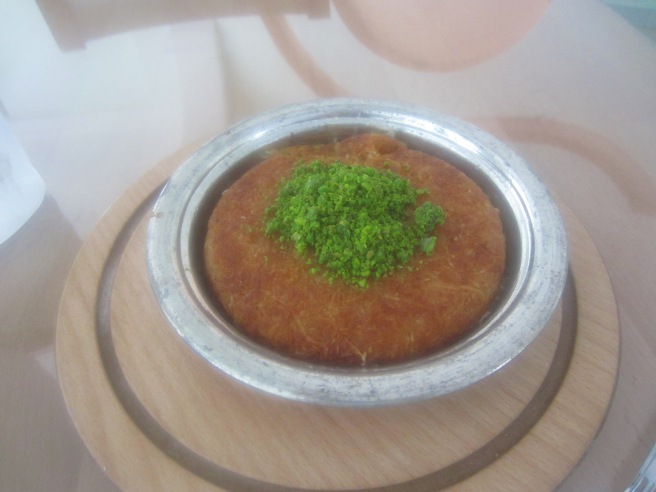



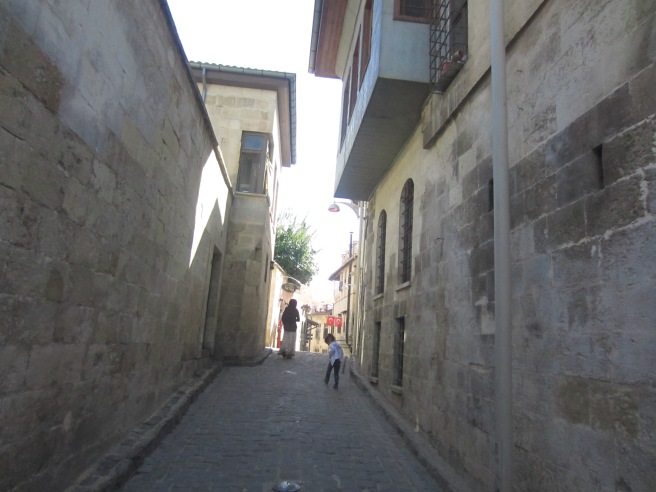
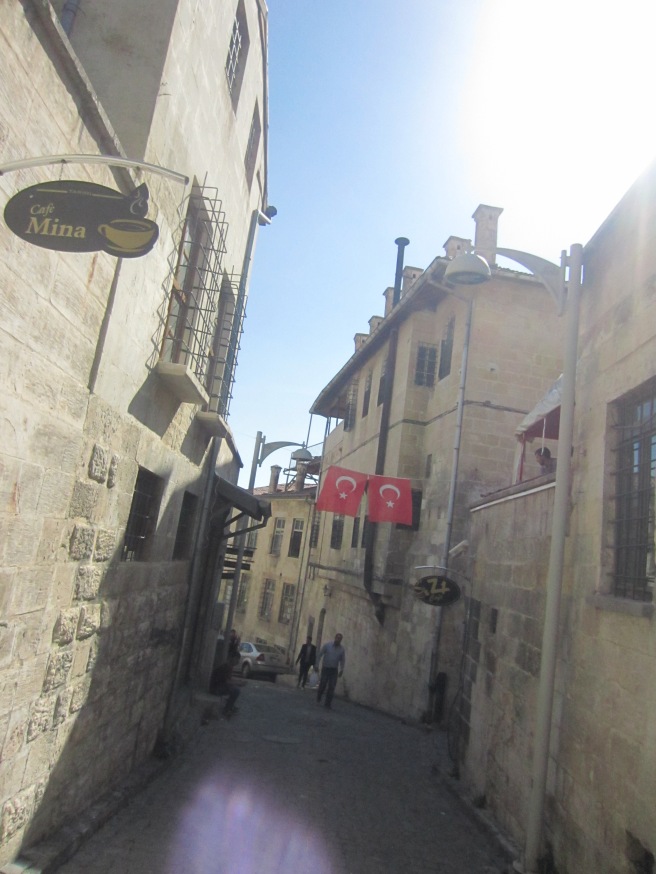
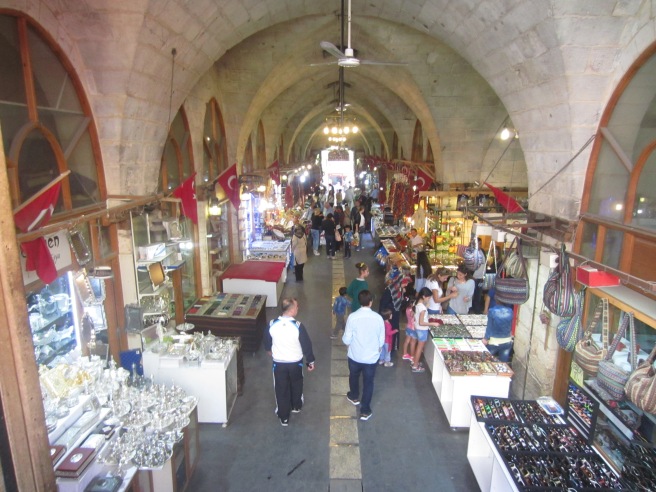

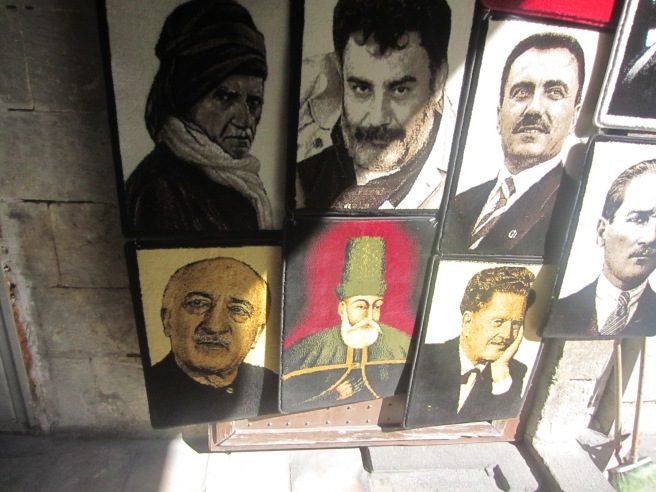
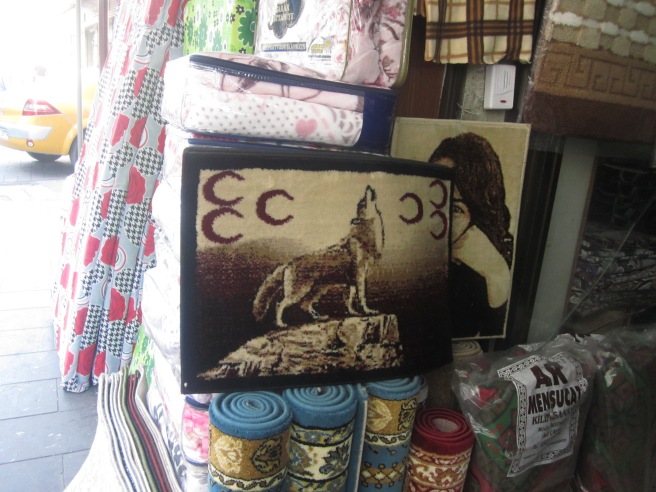

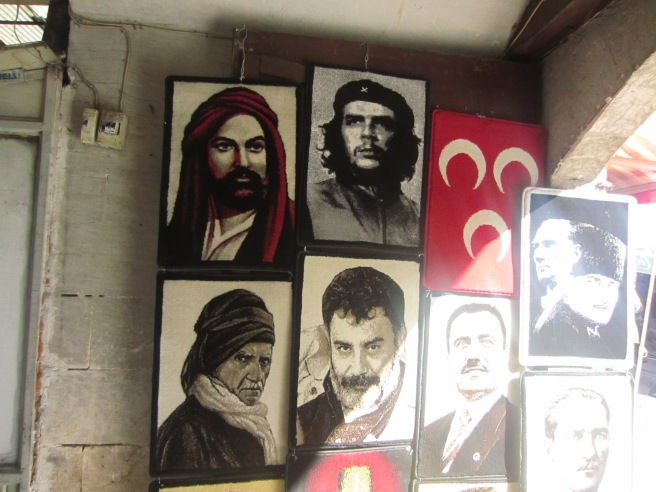
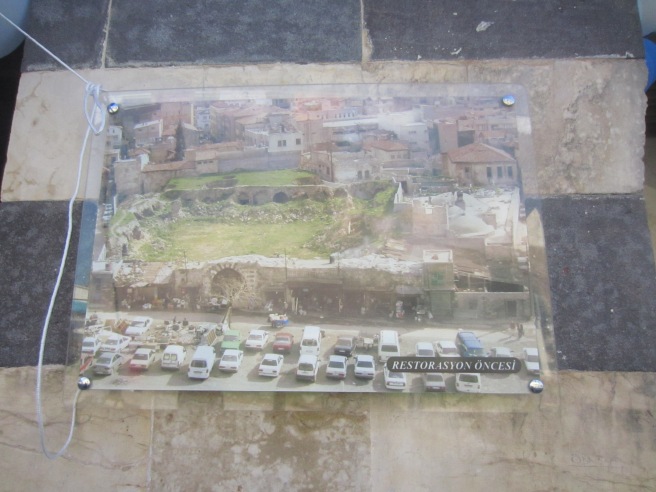
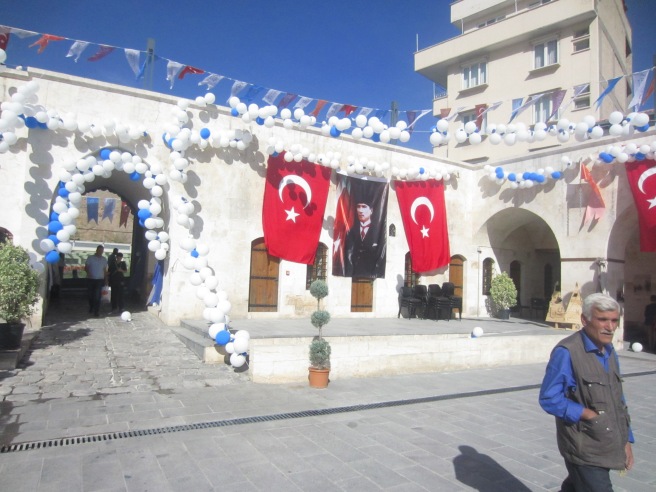
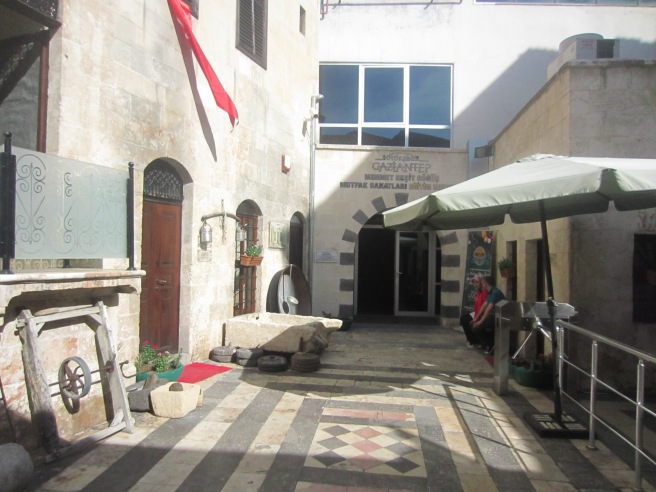
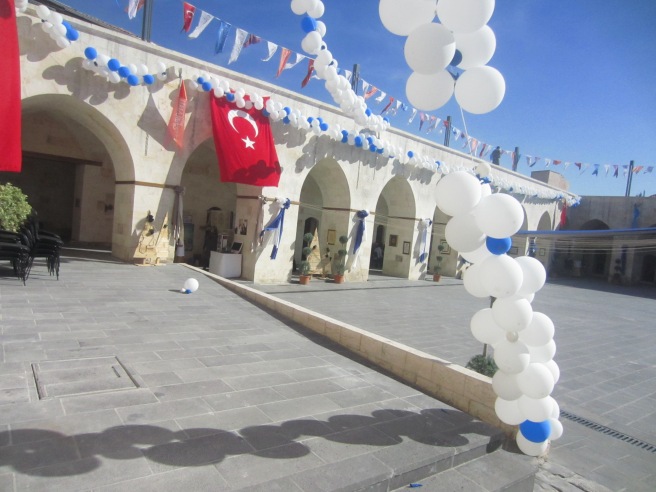
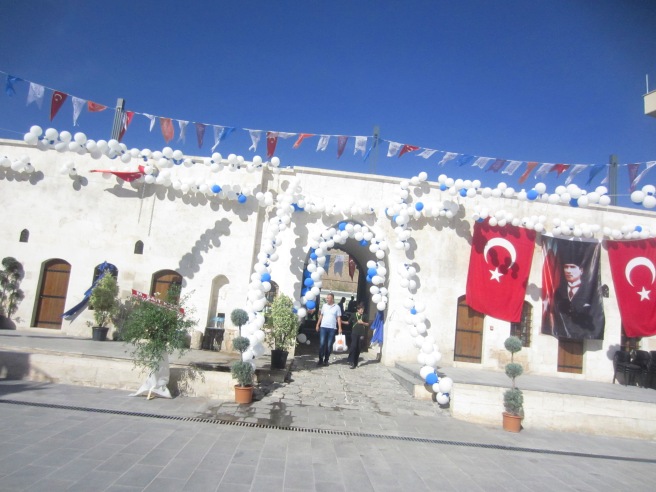
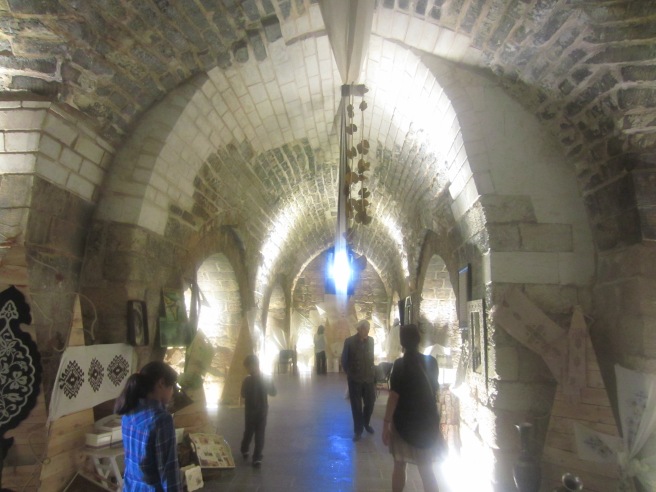
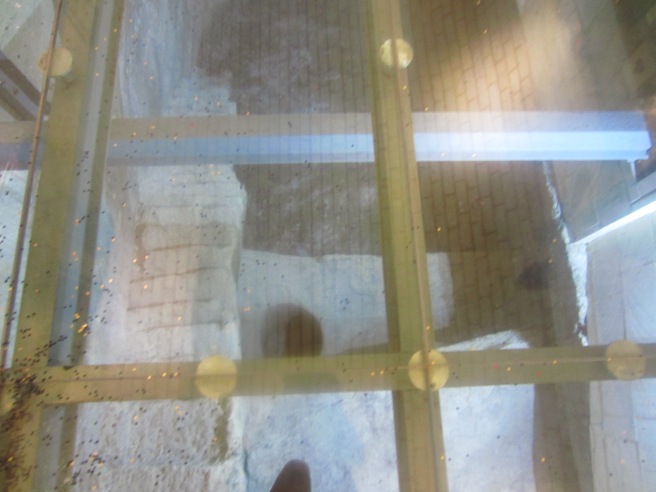





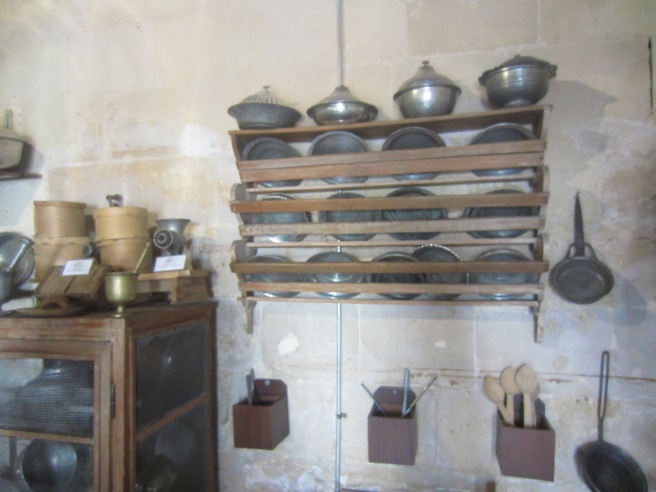

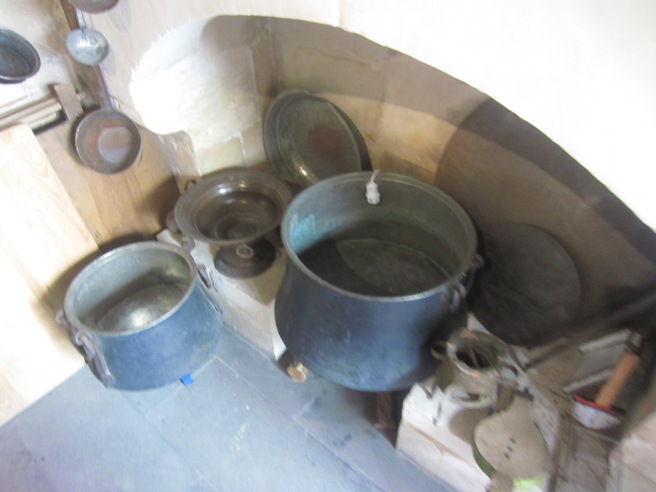
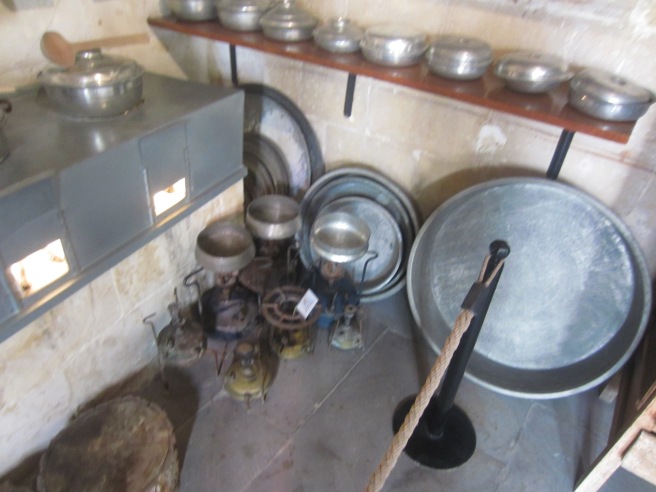
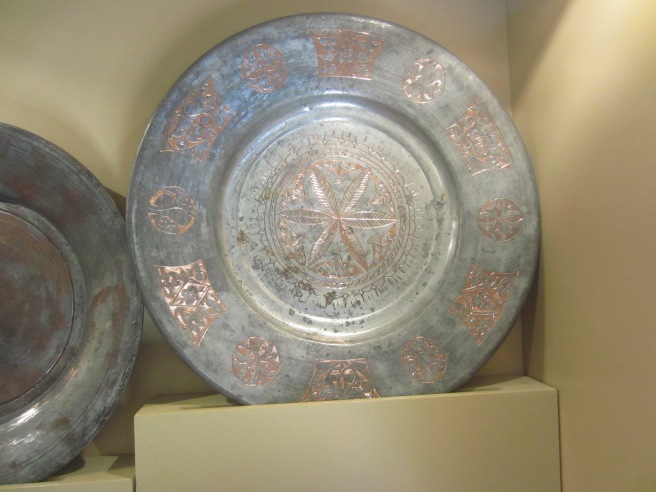
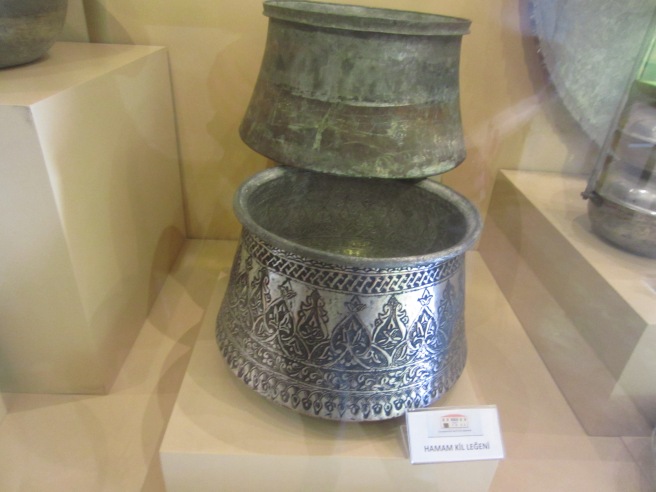
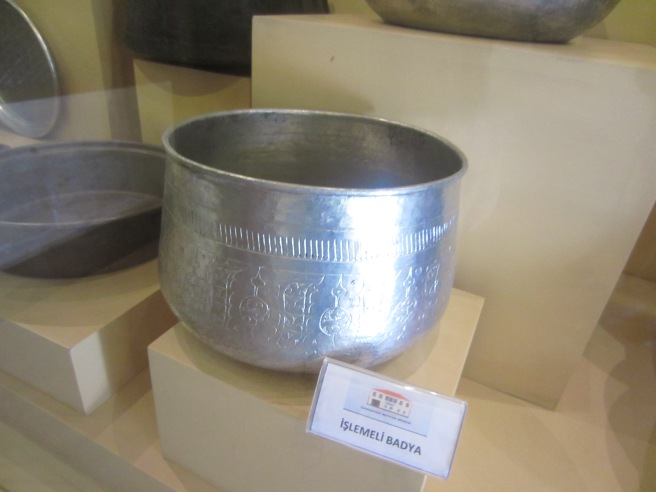
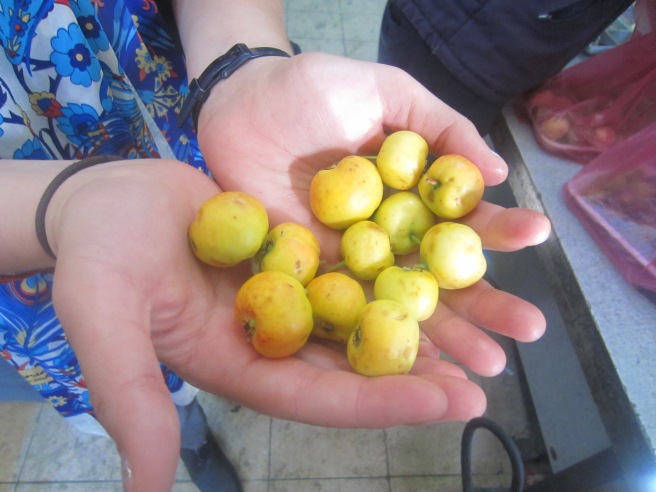
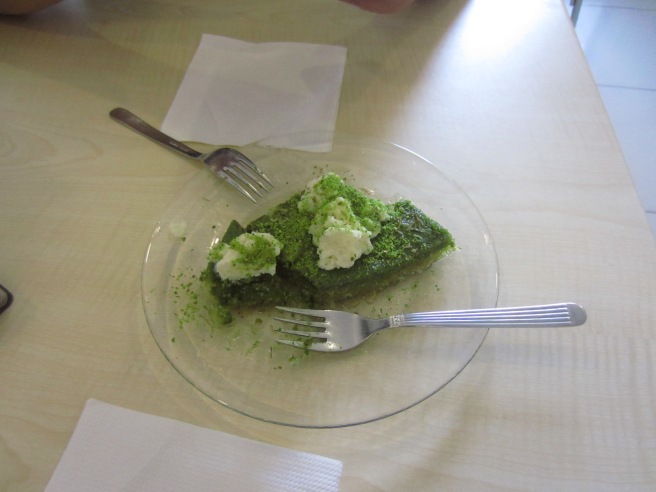
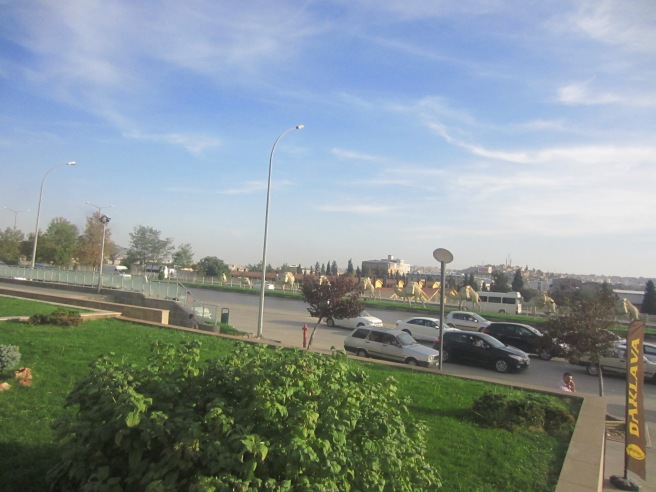

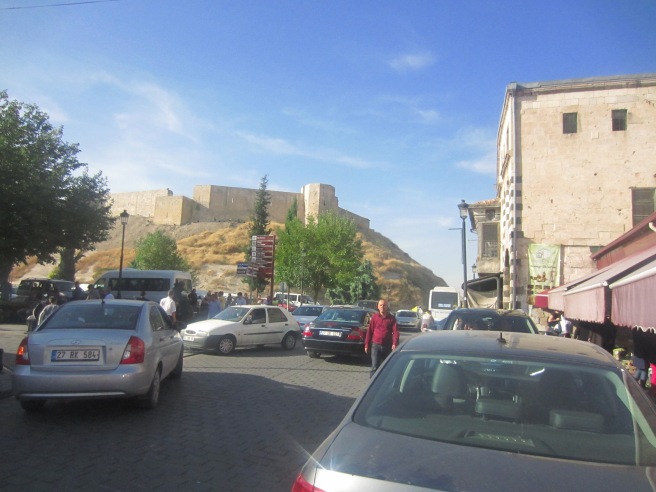
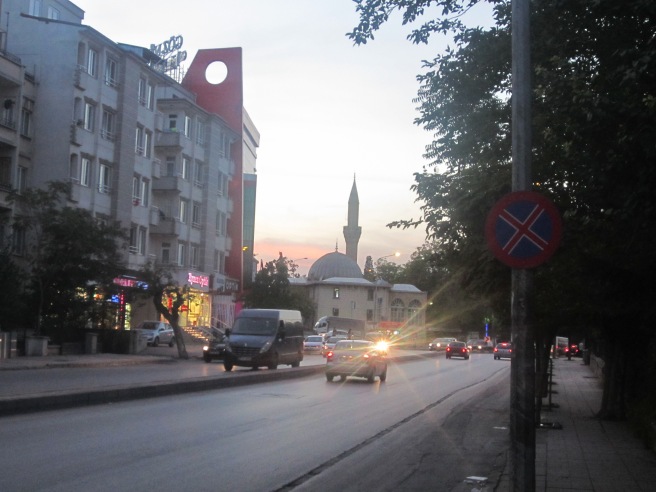
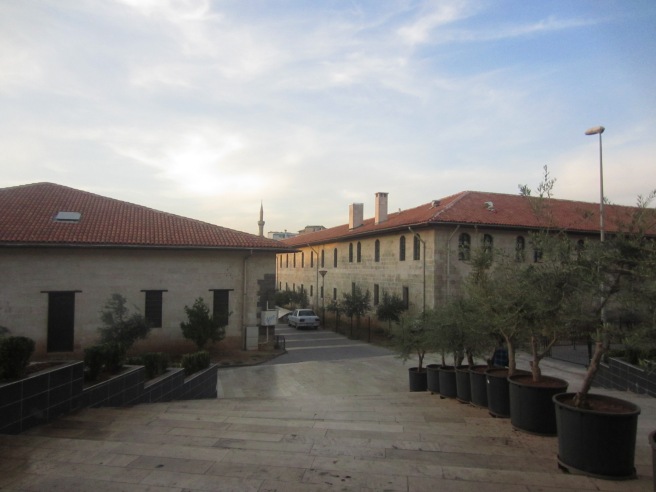
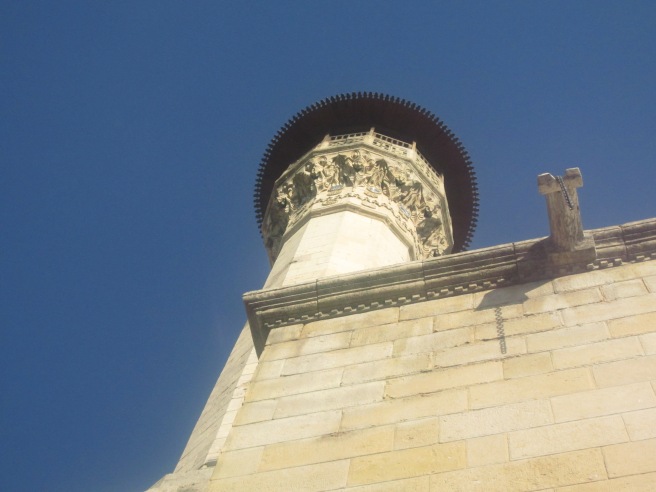

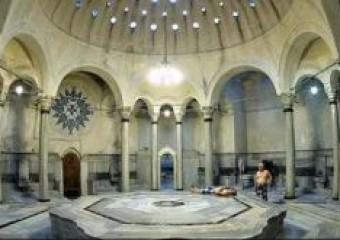
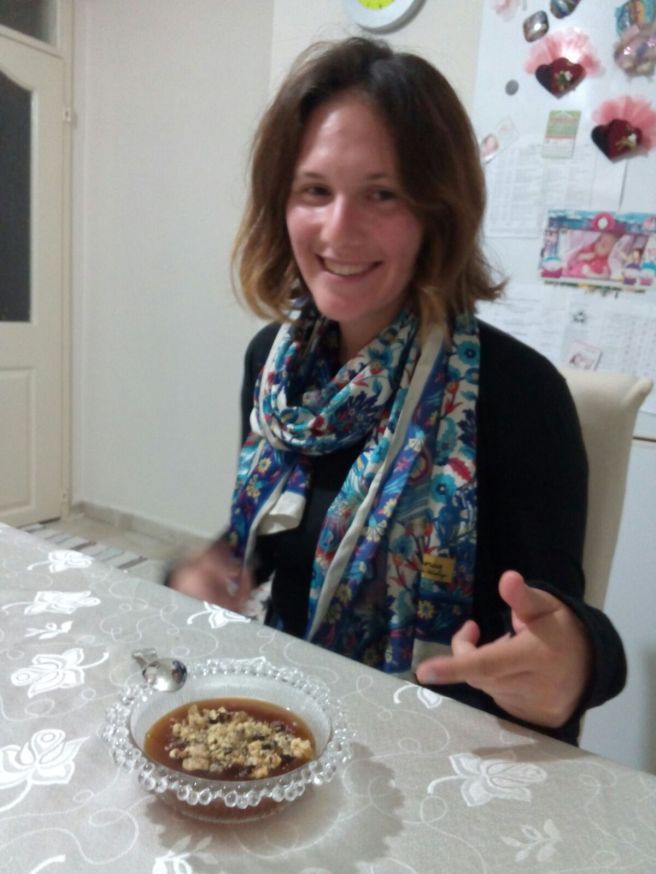
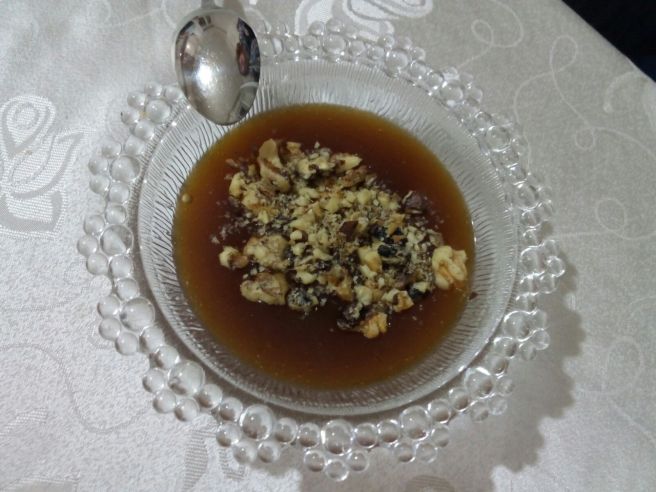
 (park)
(park)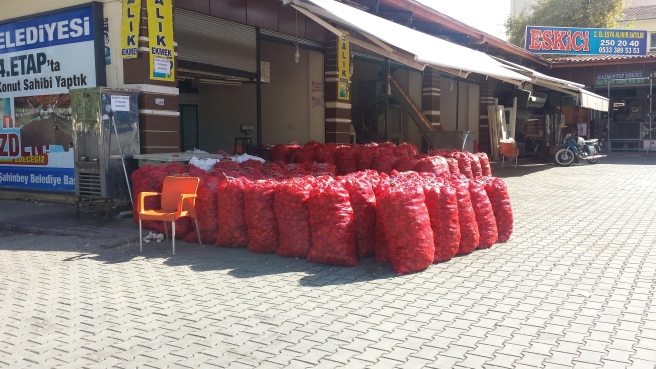 (bags and bags and bags of peppers)
(bags and bags and bags of peppers)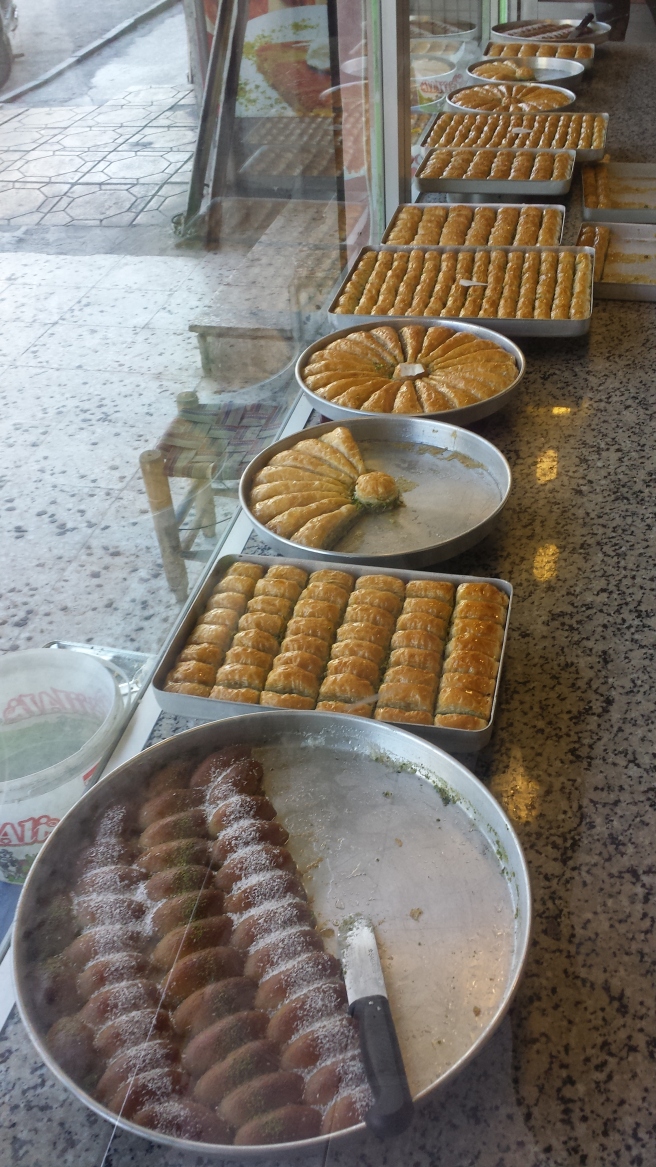
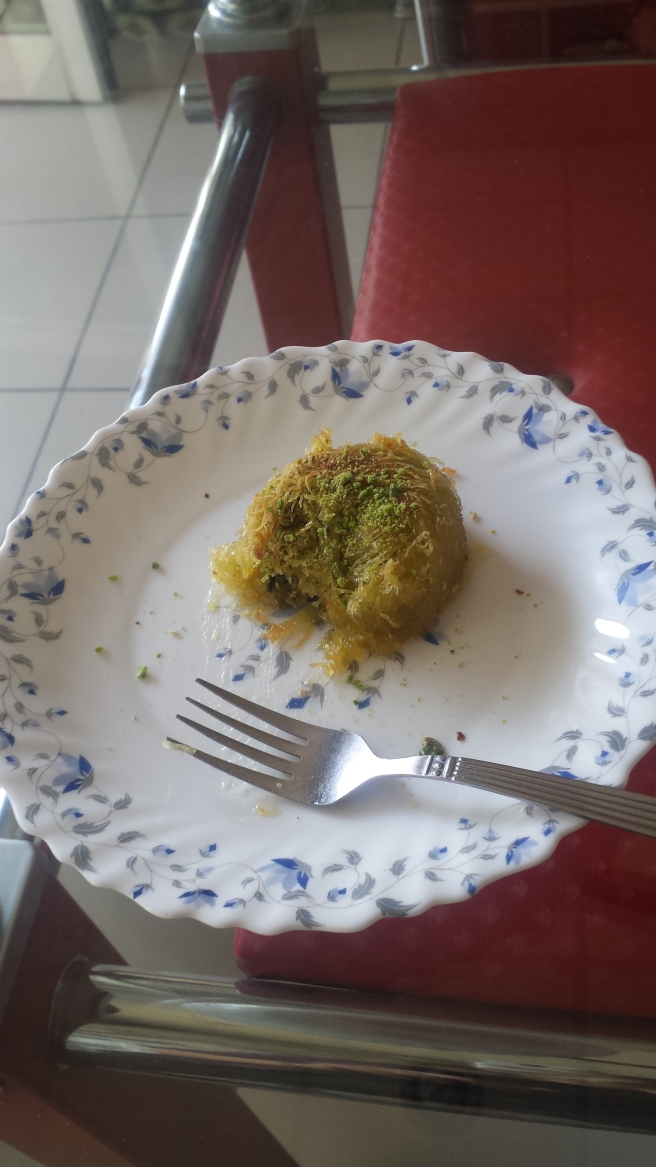 (different kinds of baklava)
(different kinds of baklava)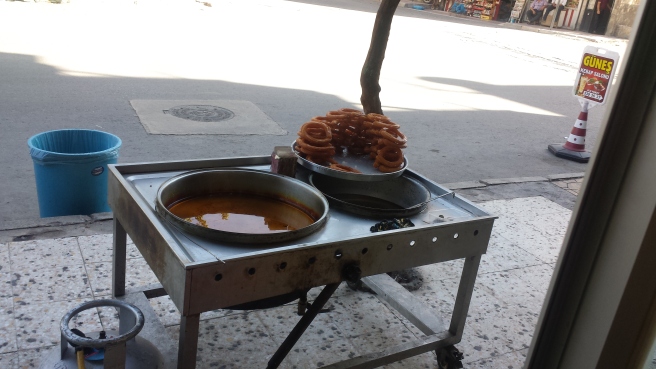 (more dessert on the street)
(more dessert on the street)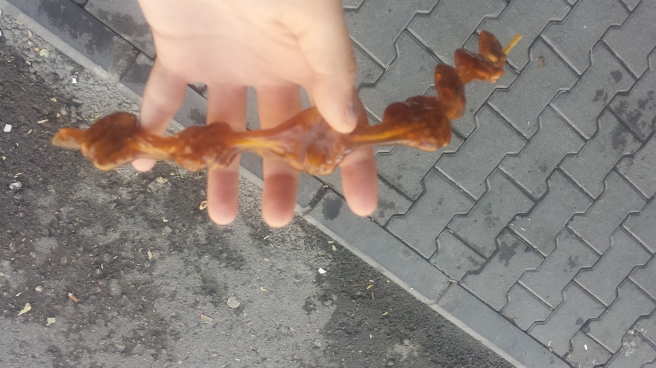 (şıre wrapped around nuts on a string)
(şıre wrapped around nuts on a string)
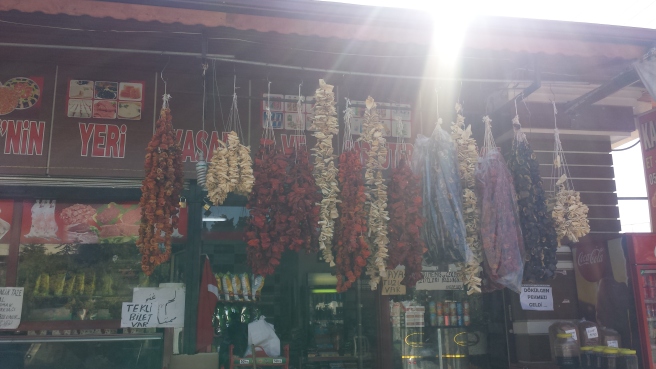
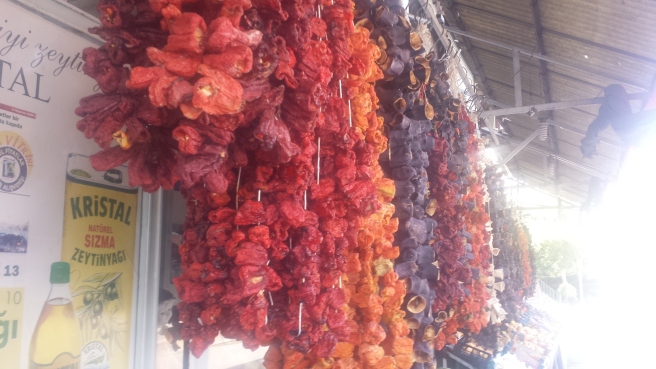 (dried peppers, zucchini, eggplants and tomatoes hanging – ready to be made into dolmas)
(dried peppers, zucchini, eggplants and tomatoes hanging – ready to be made into dolmas)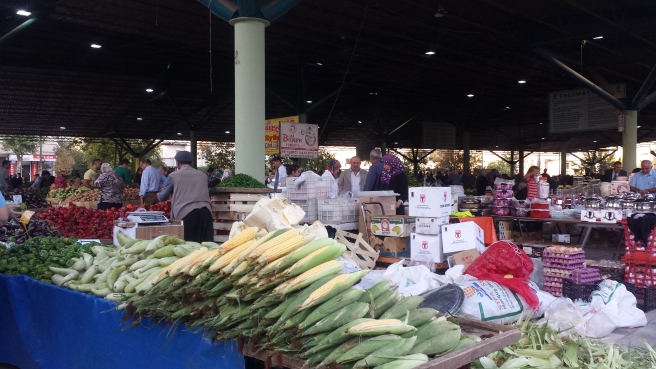 (inside the market)
(inside the market)